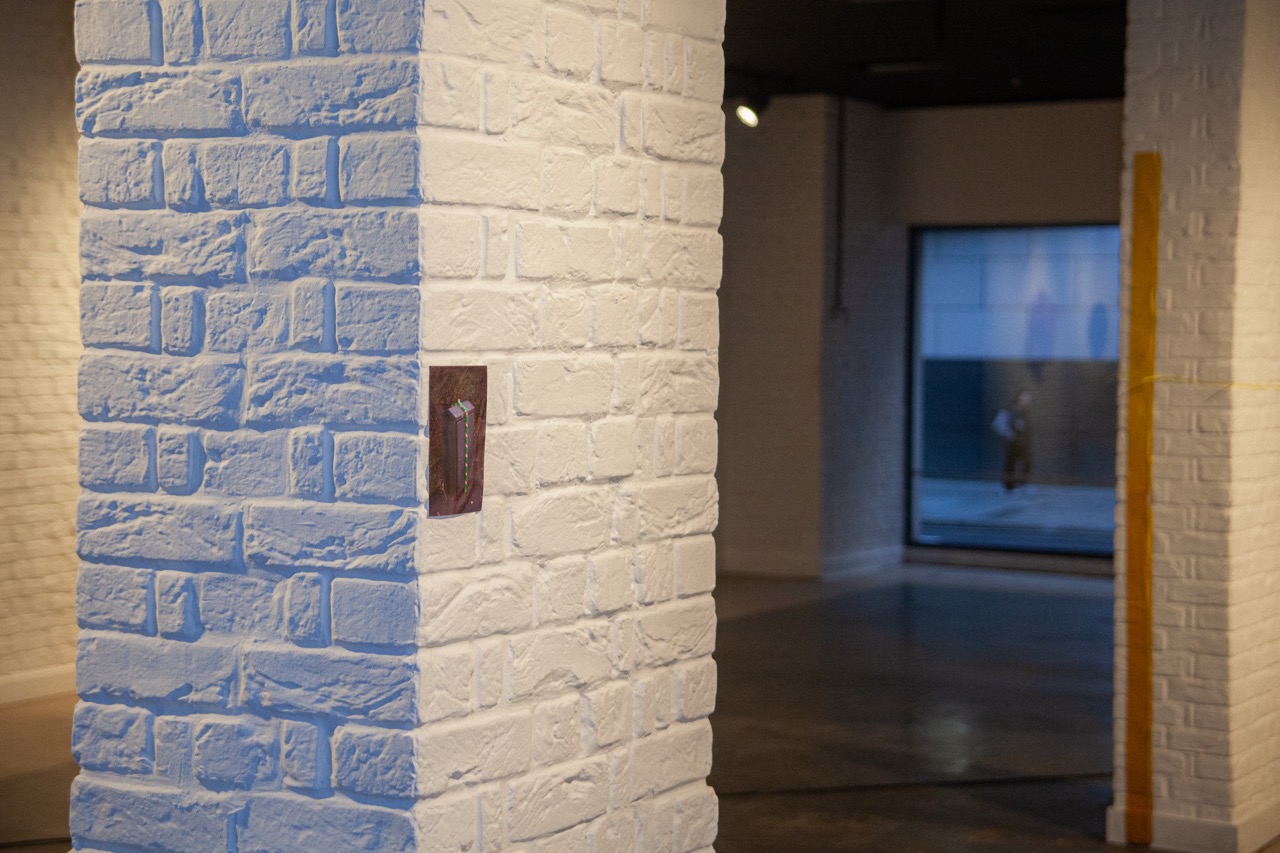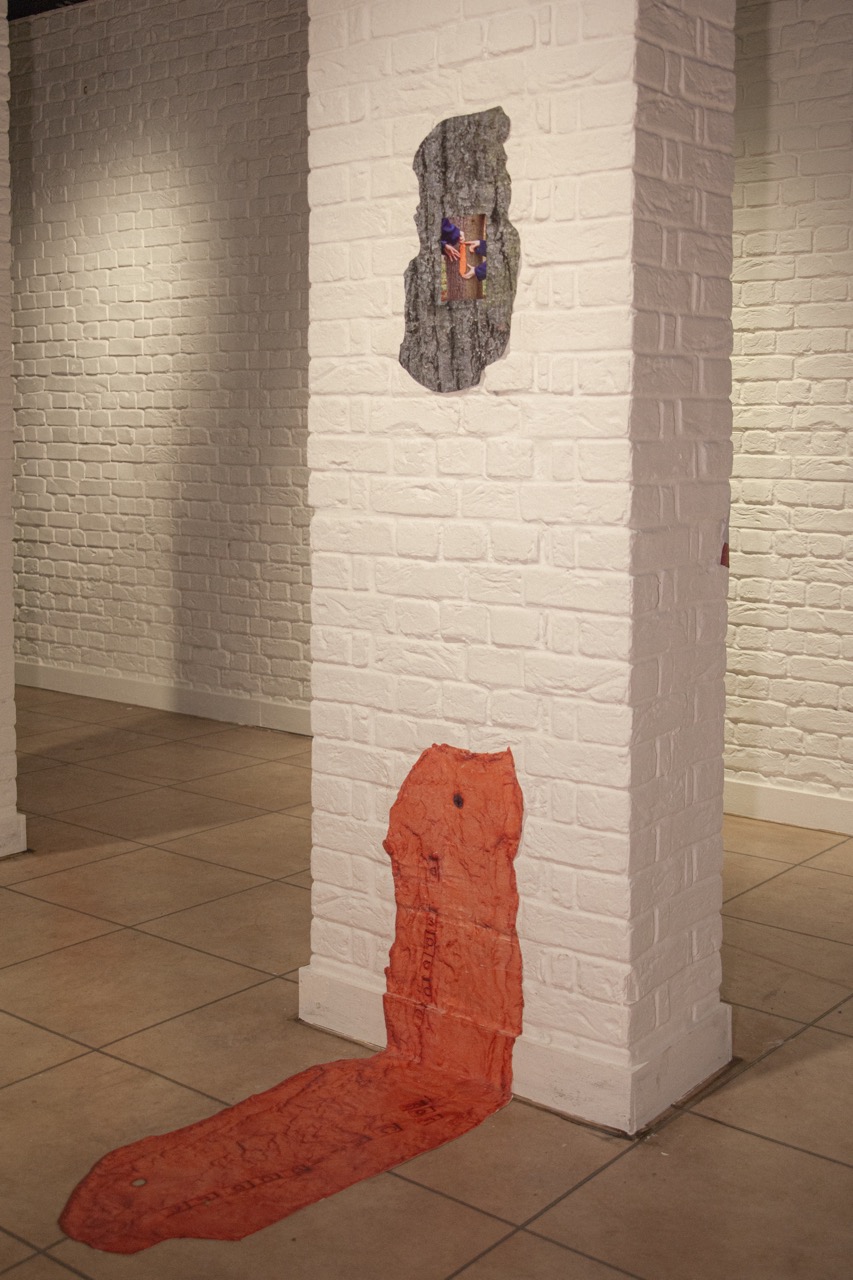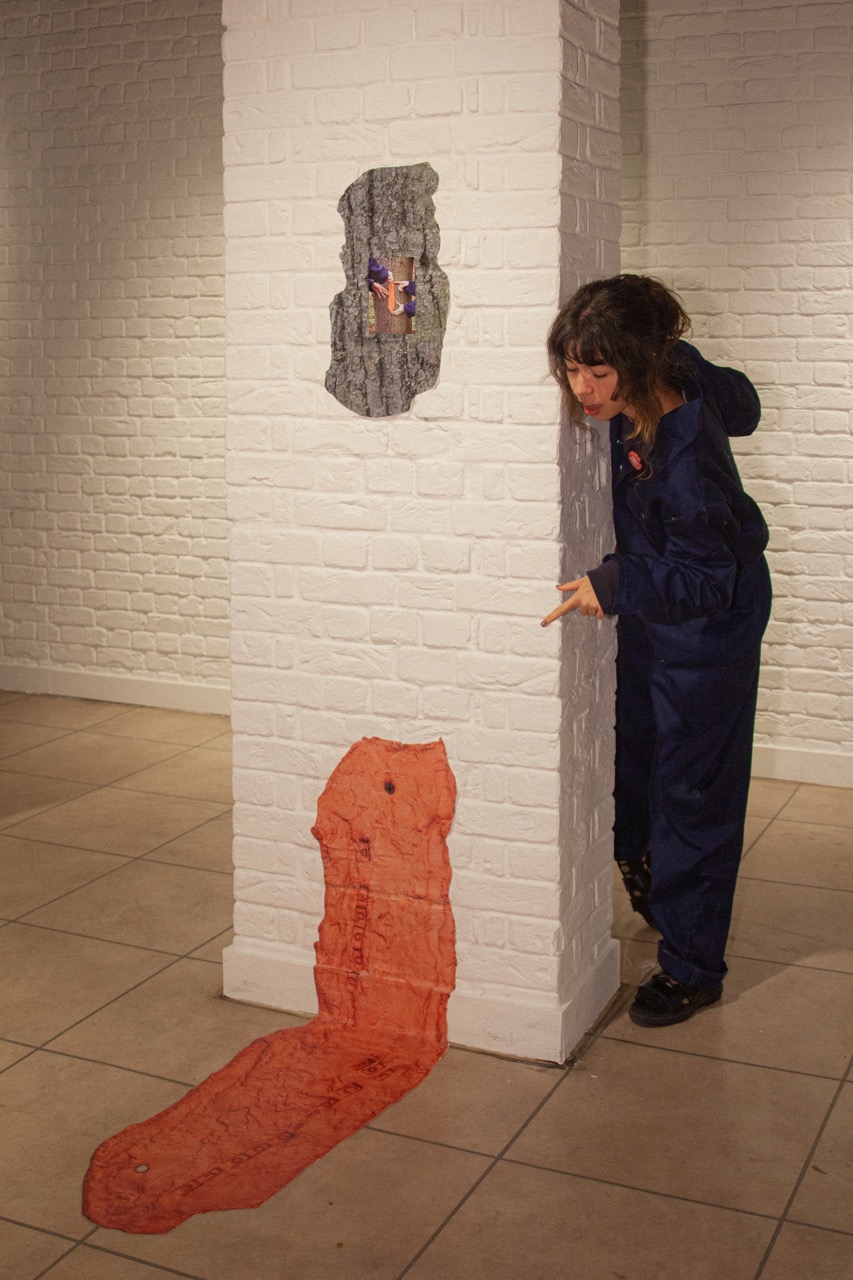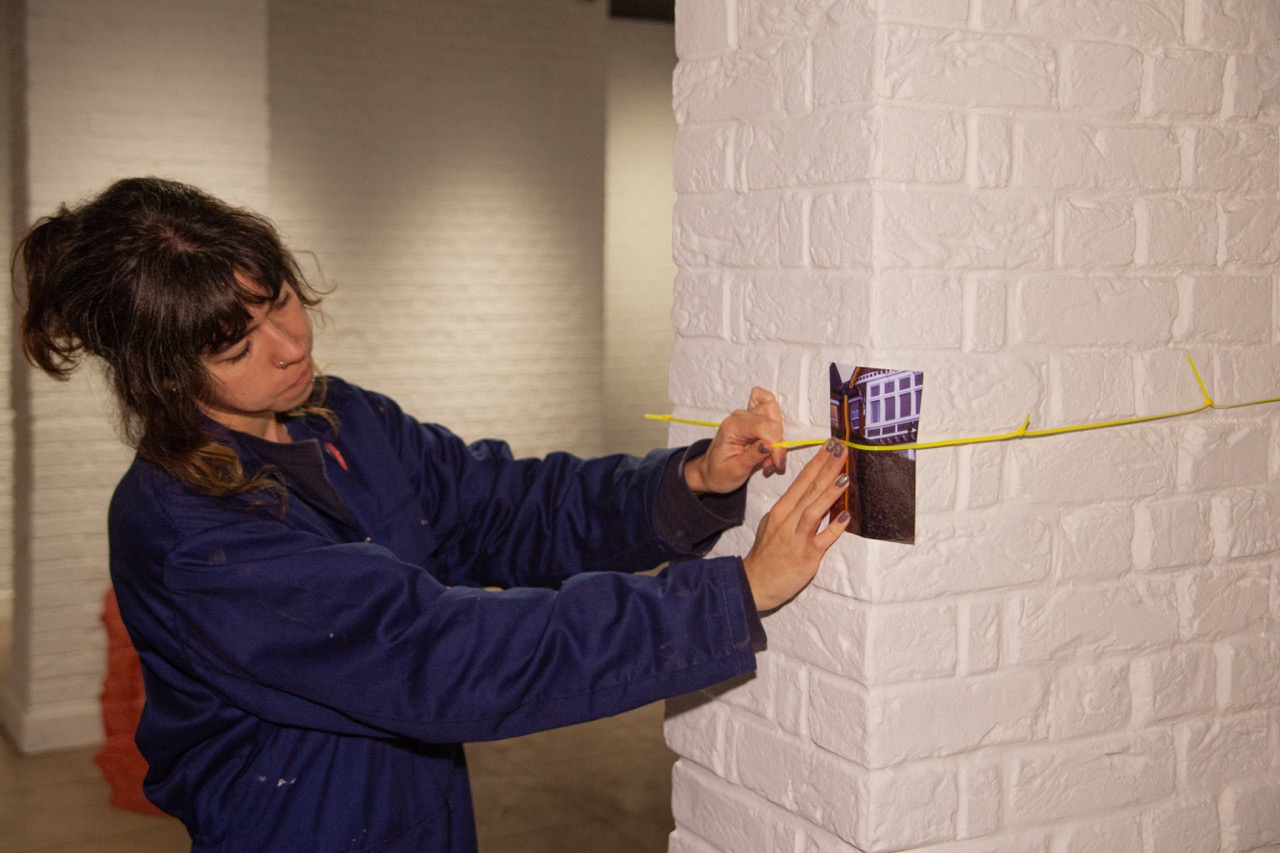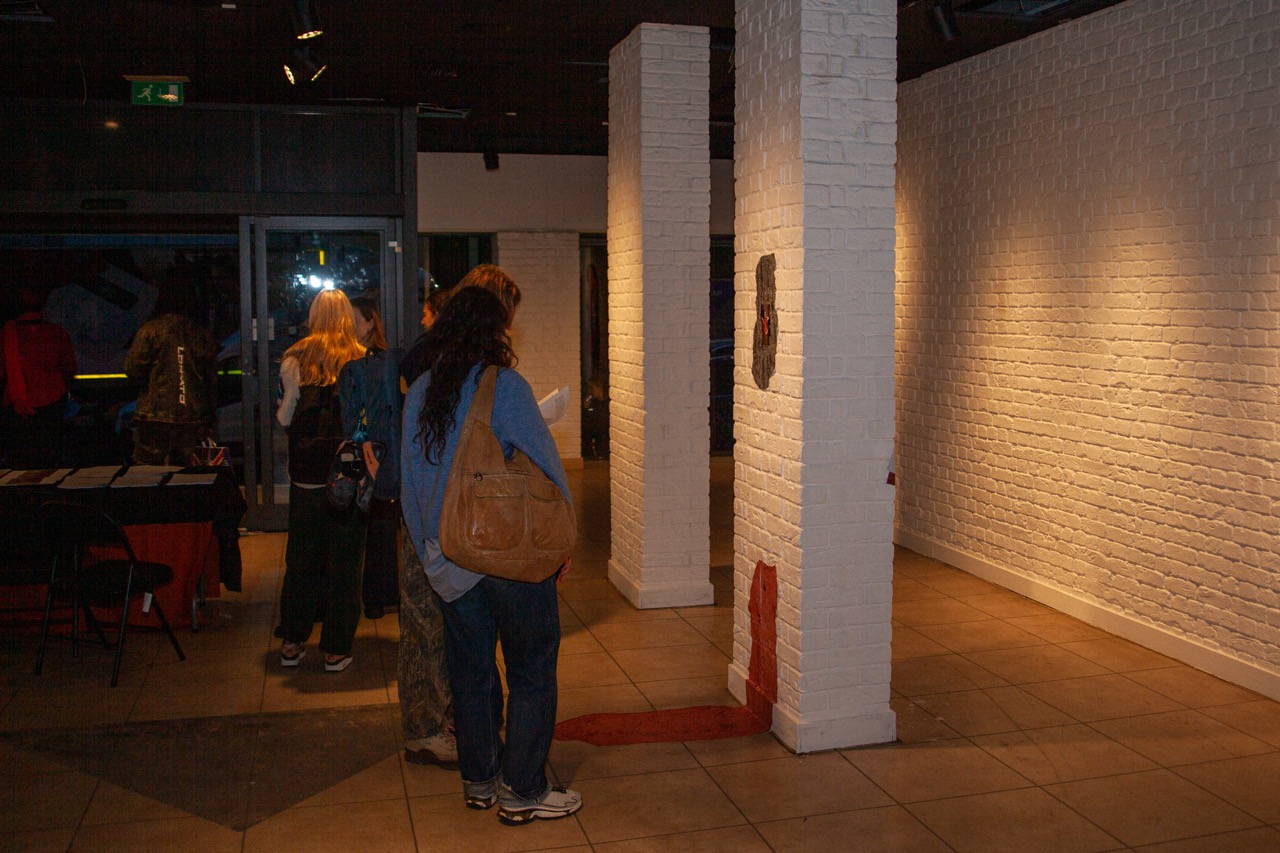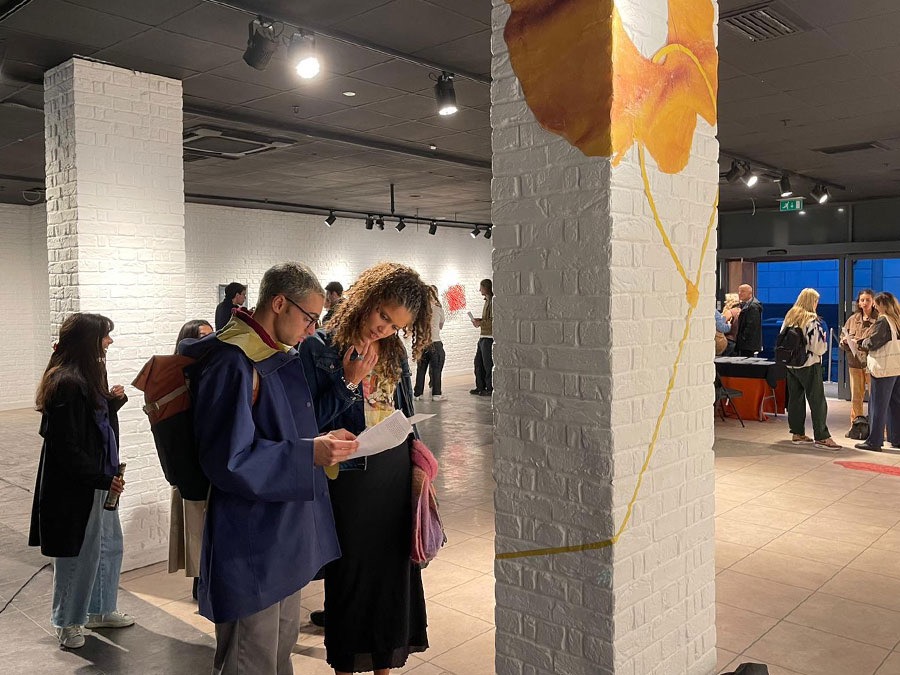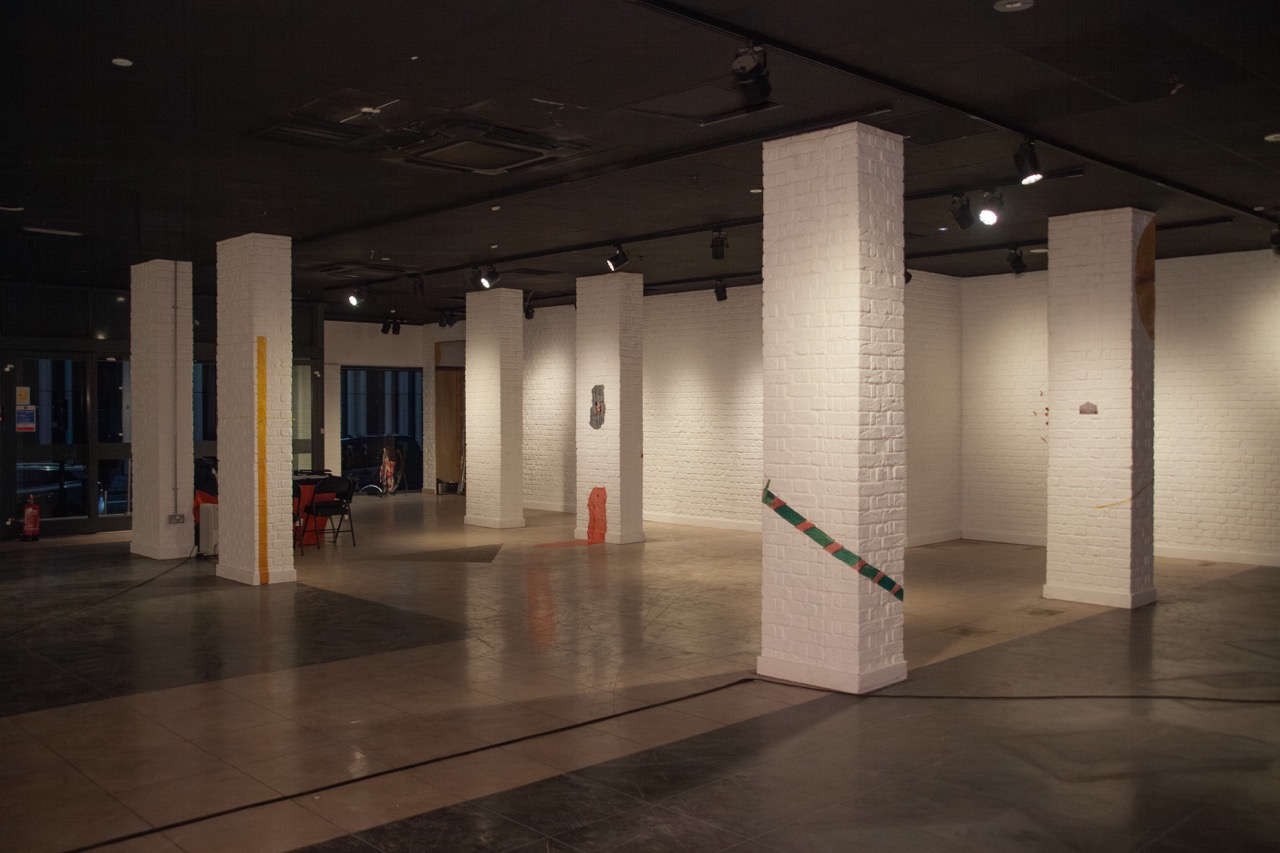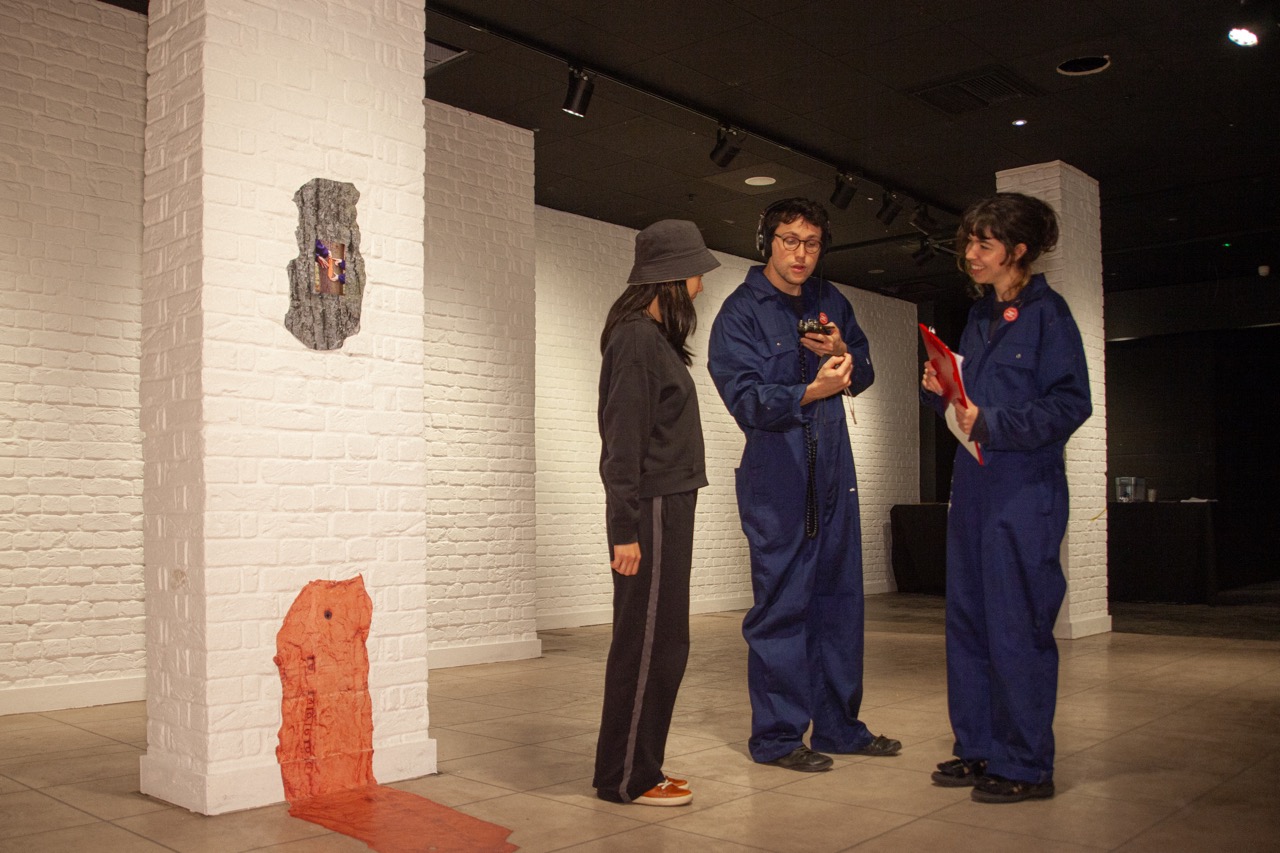


Wiggle Room (2024)

Untitled (Wiggle Room), 2023. Clay Mold; 15x12 cm.
This project started with a series of conversations between me and Natasha Brown. Drawing from our own feelings and dialogues on the housing crisis, the project delved into the frustration of “not having enough space”.
With the rise of the living cost, people struggle to find space, sweating every square meter and narrowing the vision of space to a sad equation: money = space. With this project, we wanted to propose wiggle room. There is wiggle room everywhere, but paradoxically also nowhere at all. It is in a pub’s toilet, in a corner of that street, and just under a tree in that park. We propose that wiggle room is also a discovery: “Look out there! What’s that?”. It is deep-rooted as if it has always belonged there, but it can also be new and ephemeral.
Wiggle Room is a project that wanted to sit within the surroundings, generating actions and interventions that are in and out of context and temporary. Starting from an investigation into the history and functioning of the area of Ealing and its inhabitants, it created alternative moments hidden within the mundane.
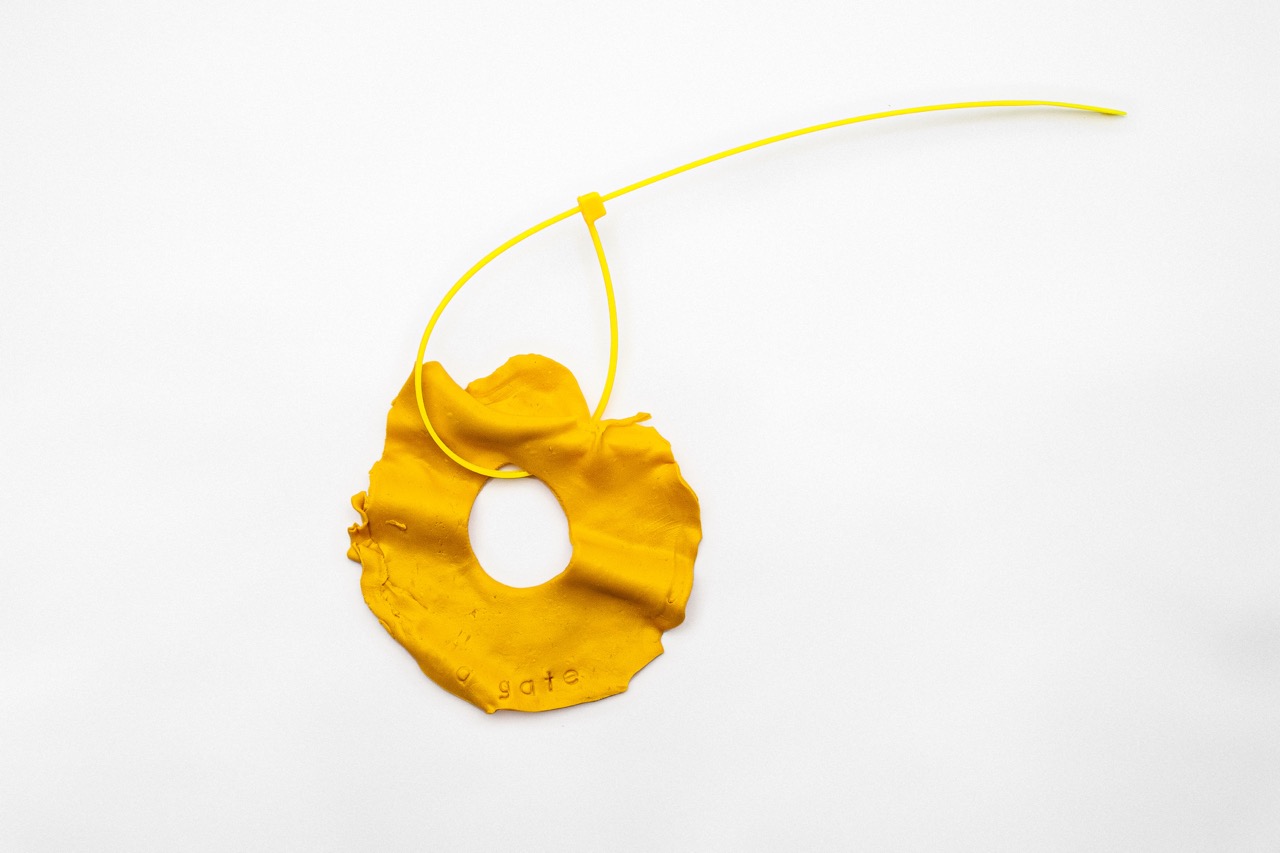
Untitled (The yellow doughnut), 2024. Embossed Fimo and Plastic Tie Zip; 10x10 cm.
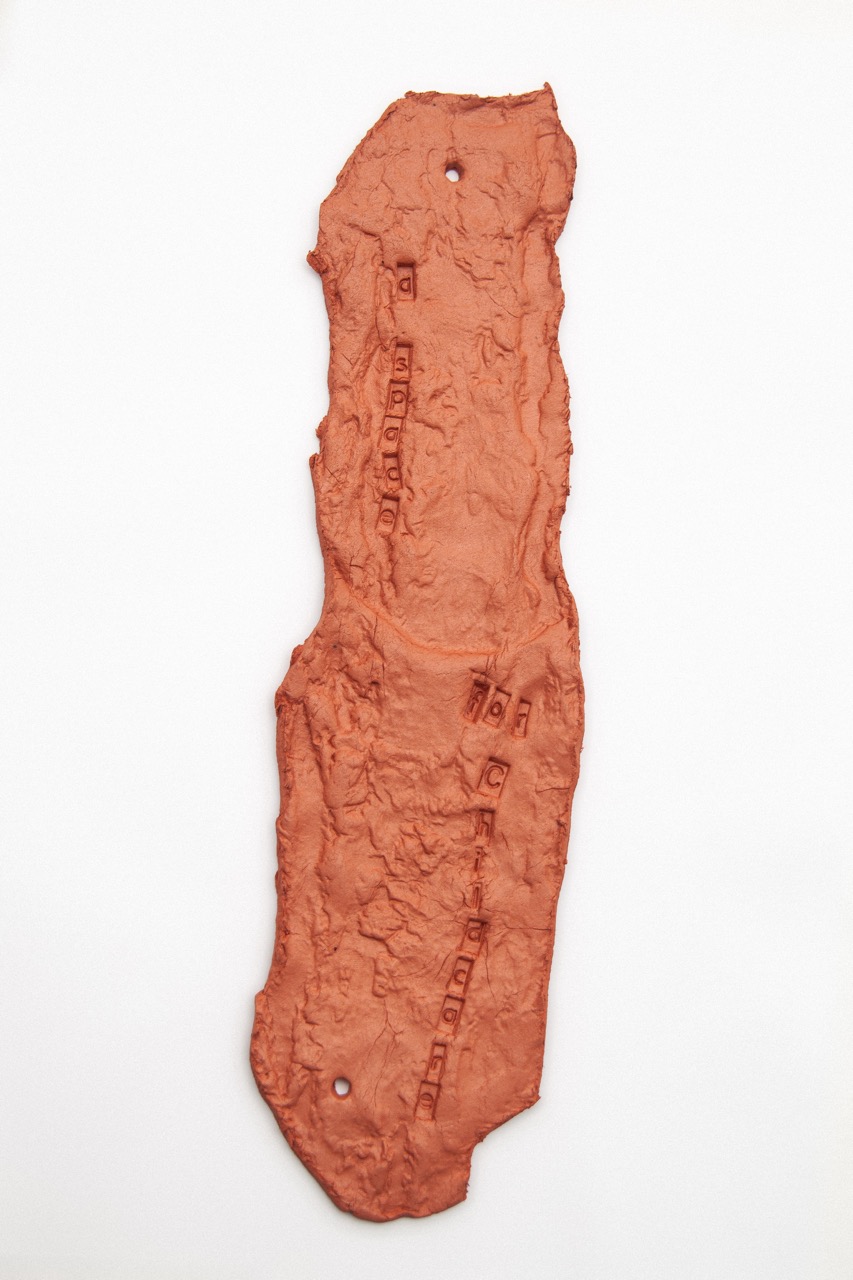
Untitled (The tree piece), 2024. Clay Mold; 25x10 cm.
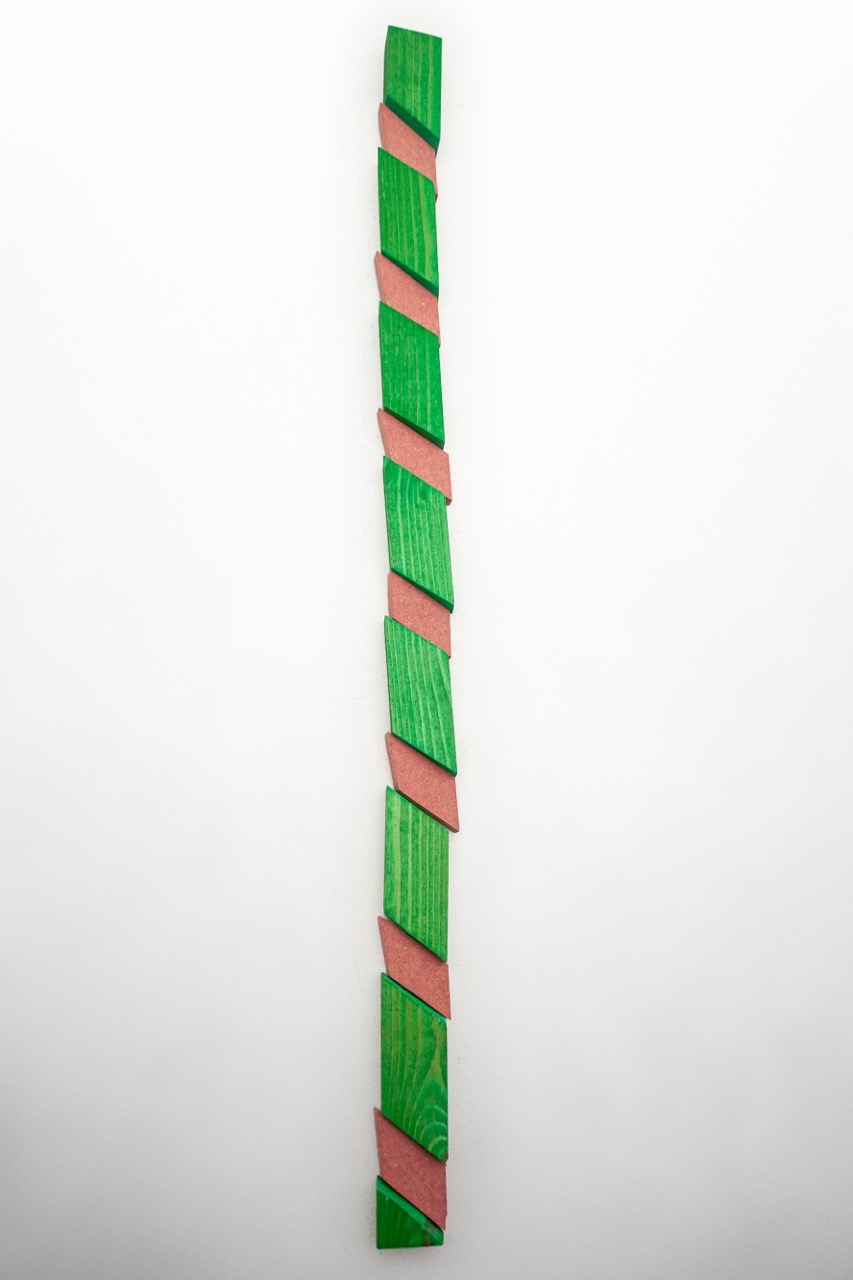
Untitled (The electricity box piece), 2024. Wood, Canvas Fabric, and Magnets; 126x2x5 cm
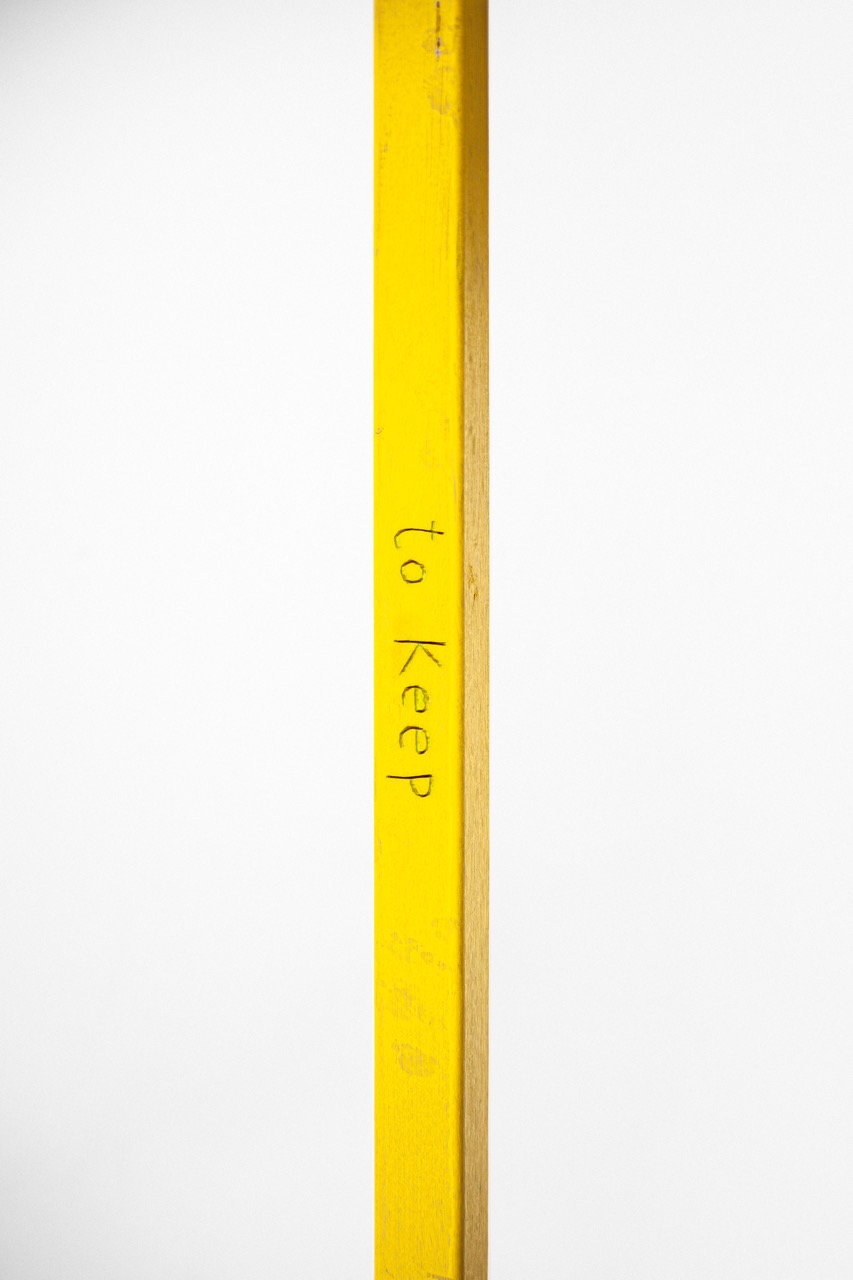
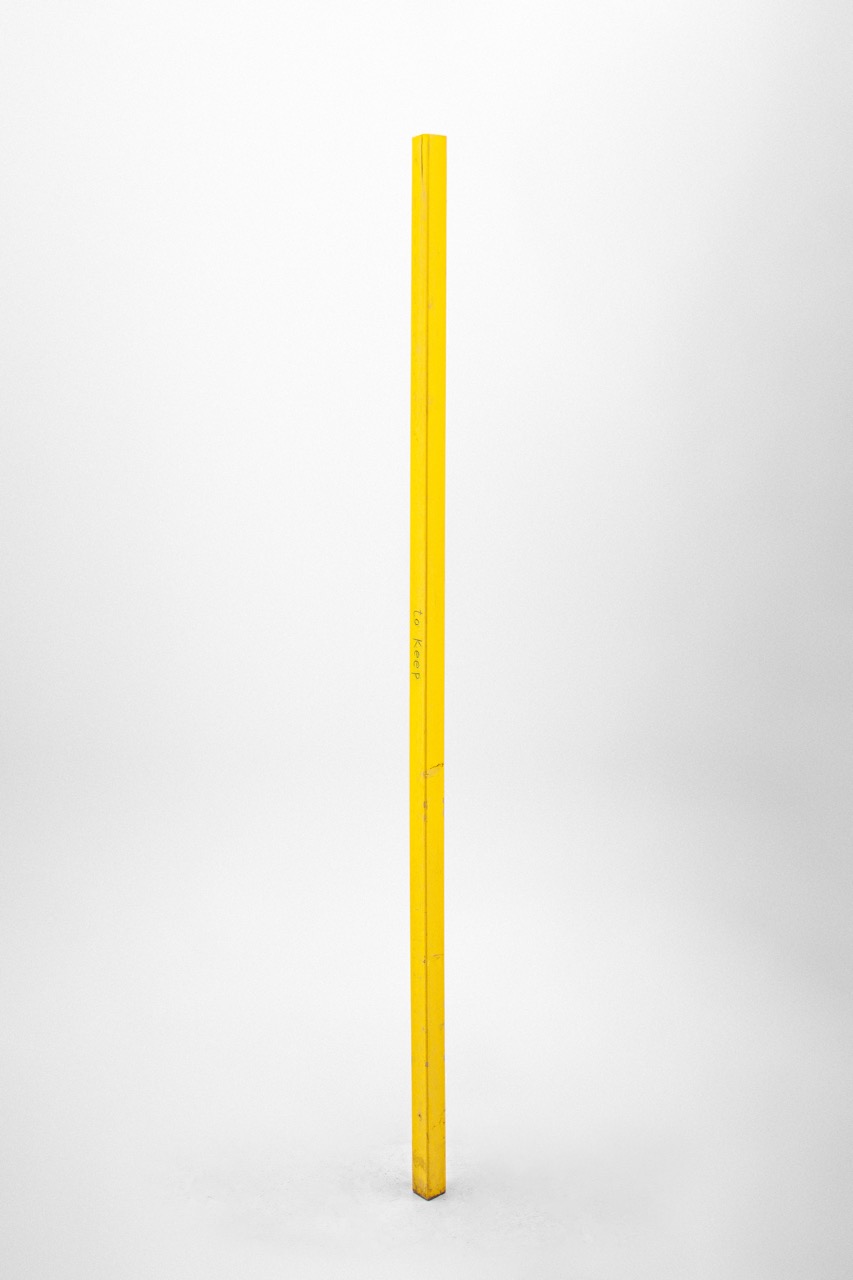
Untitled (The yellow stick), 2024. Estate Agent Board Stick; 180x4x4 cm

The project was divided into two main steps: the research and the outcome.
Research:
The research phase, delved into the historical, cultural, and social significance of the council of Ealing highlighting stories and landmarks. We sought to gain a deeper understanding of the intrinsic value and the messages the places of the council convey. We mainly used strolls, theoretical studies, interviews, and psychogeographical maps as methods of investigation to select the spaces of focus.
Stroll:
Re-elaborating the Situationists’ experimental walks, the strolls produced a series of unexpected journeys around the borough, with the aim of getting a sense of the area and its functions. They included: following the route of a stranger, of a feeling or randomly choosing a new path. These strolls were documented through pictures, videos and audio recordings. The locations found served us later as research starting points and the areas of our intervention.
Interviews:

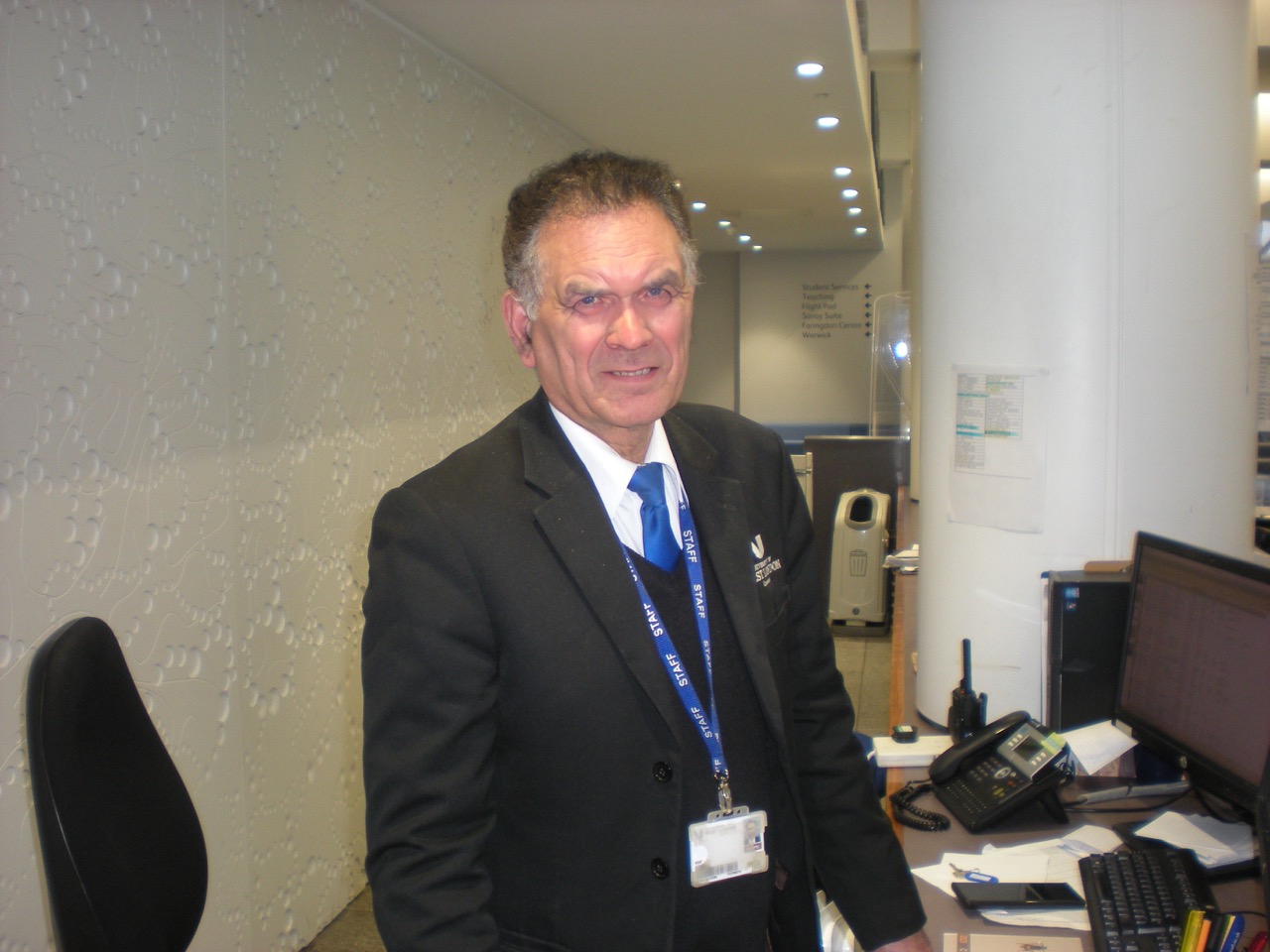

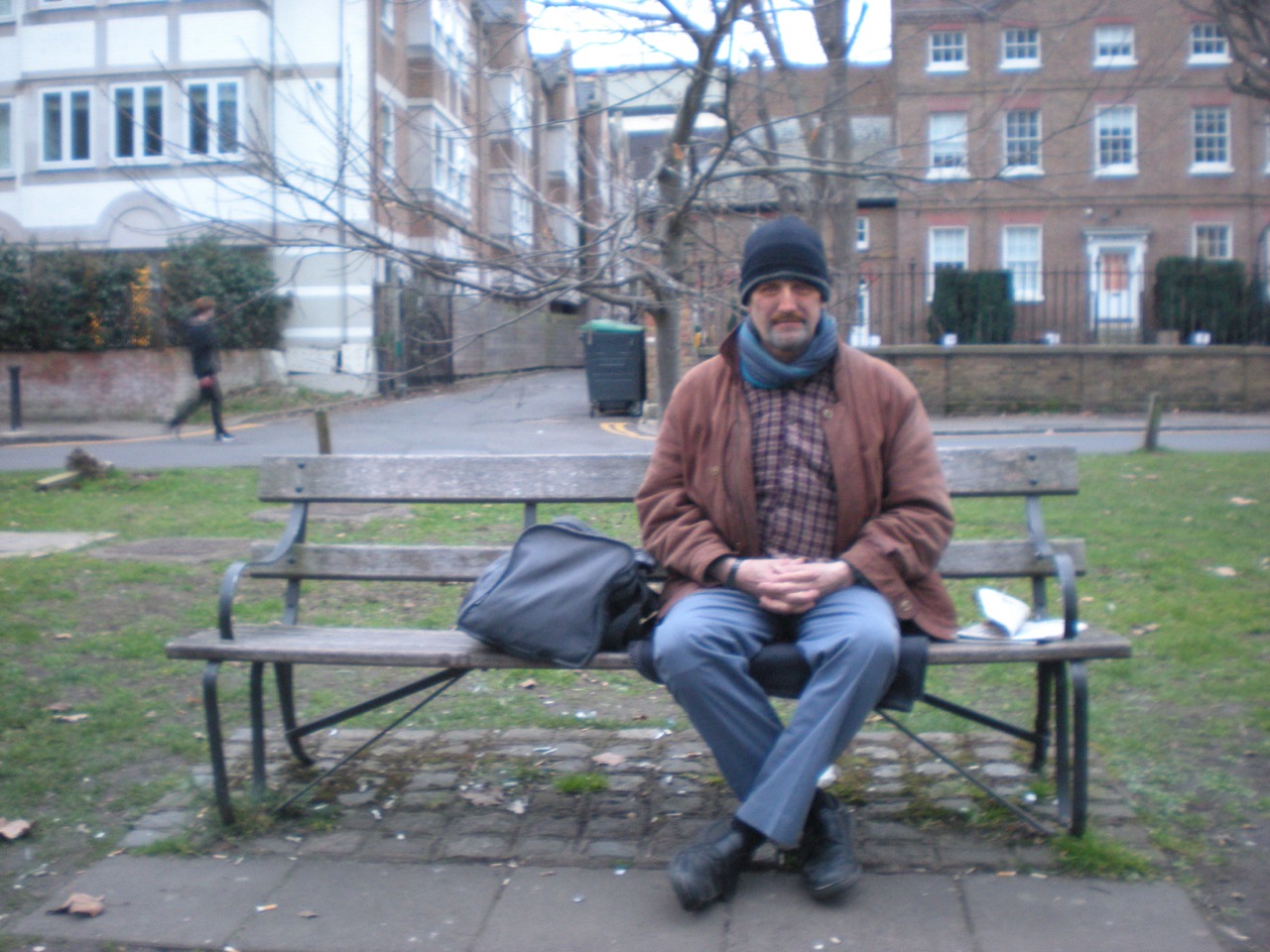
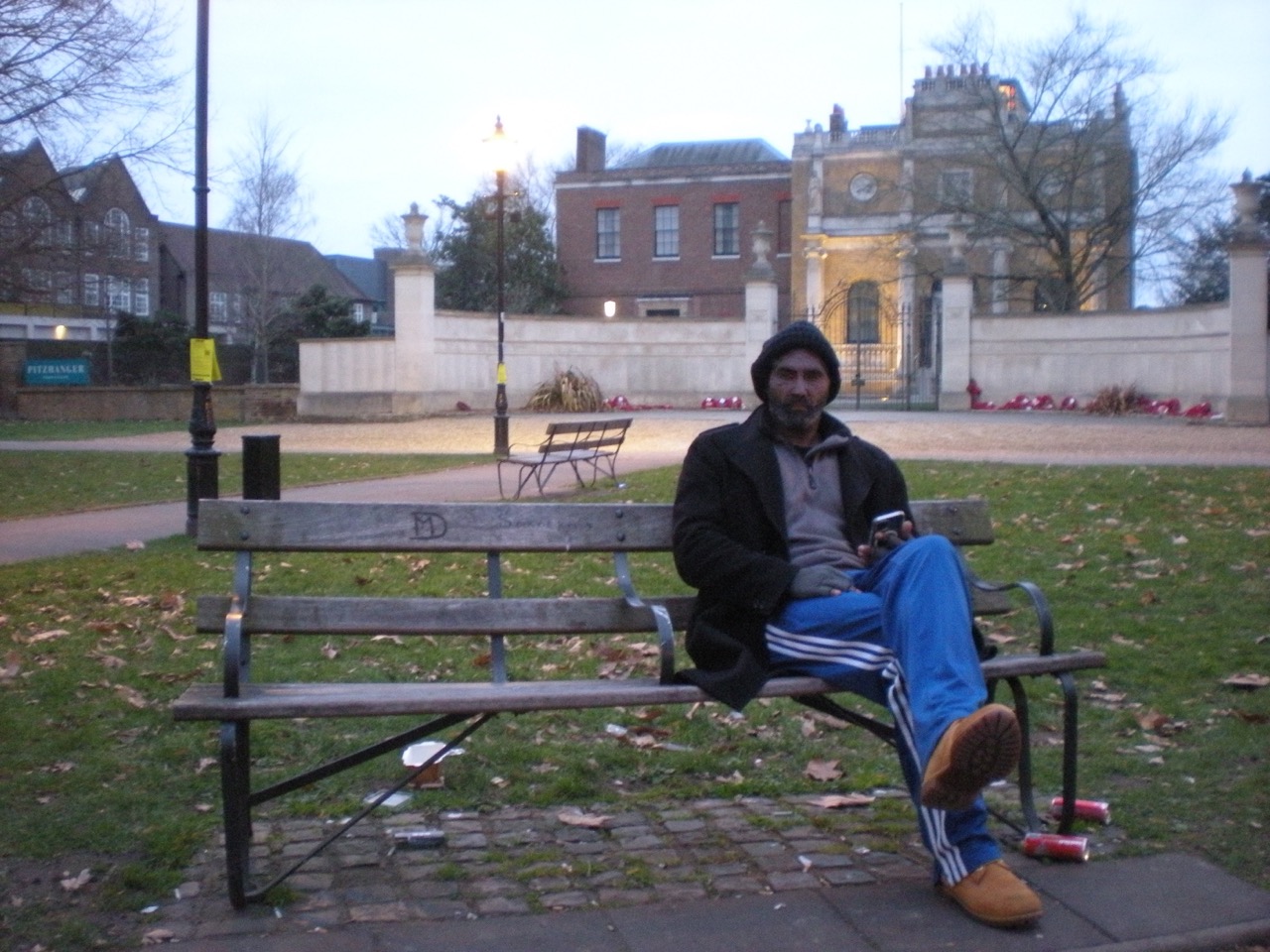
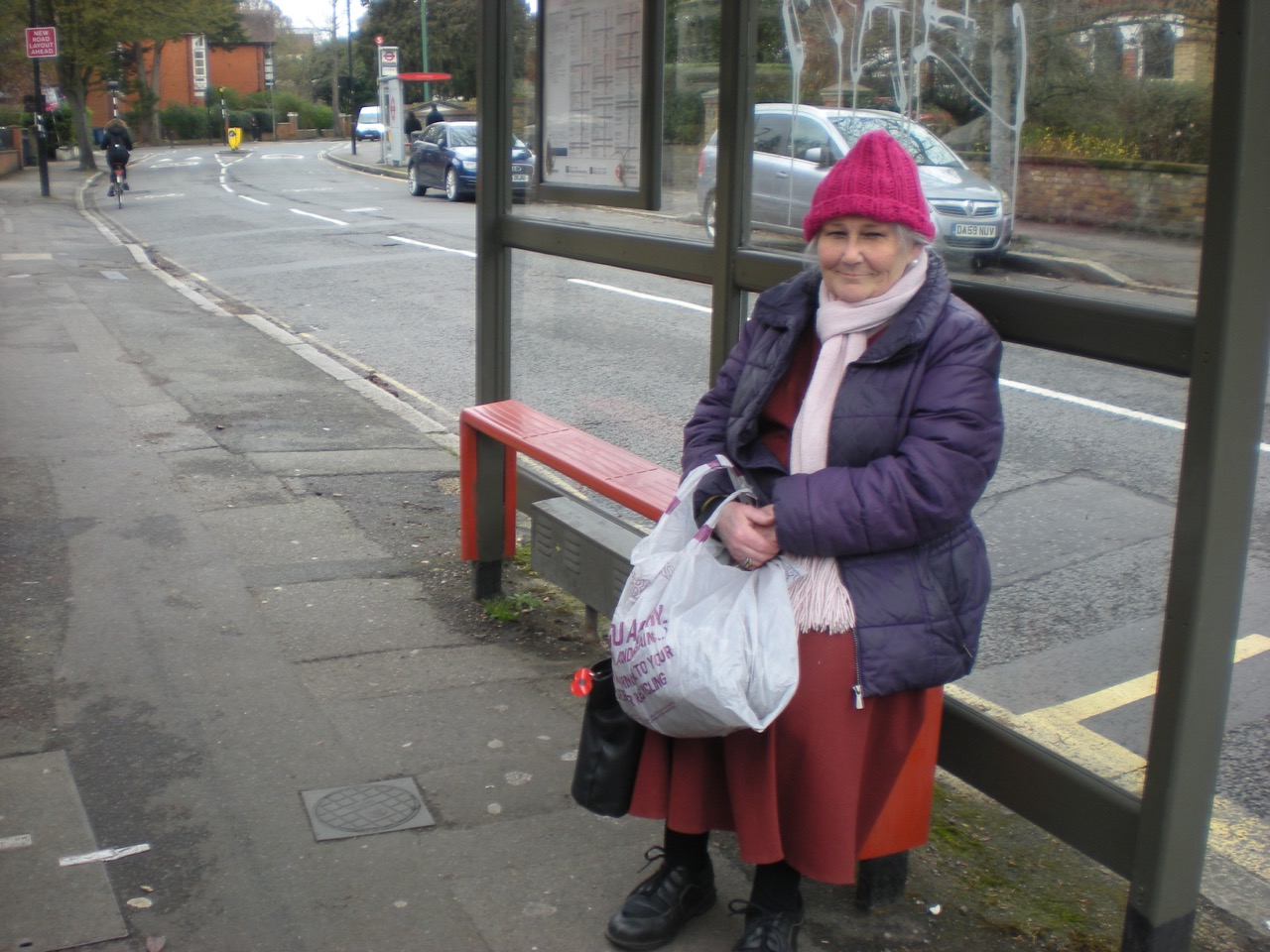
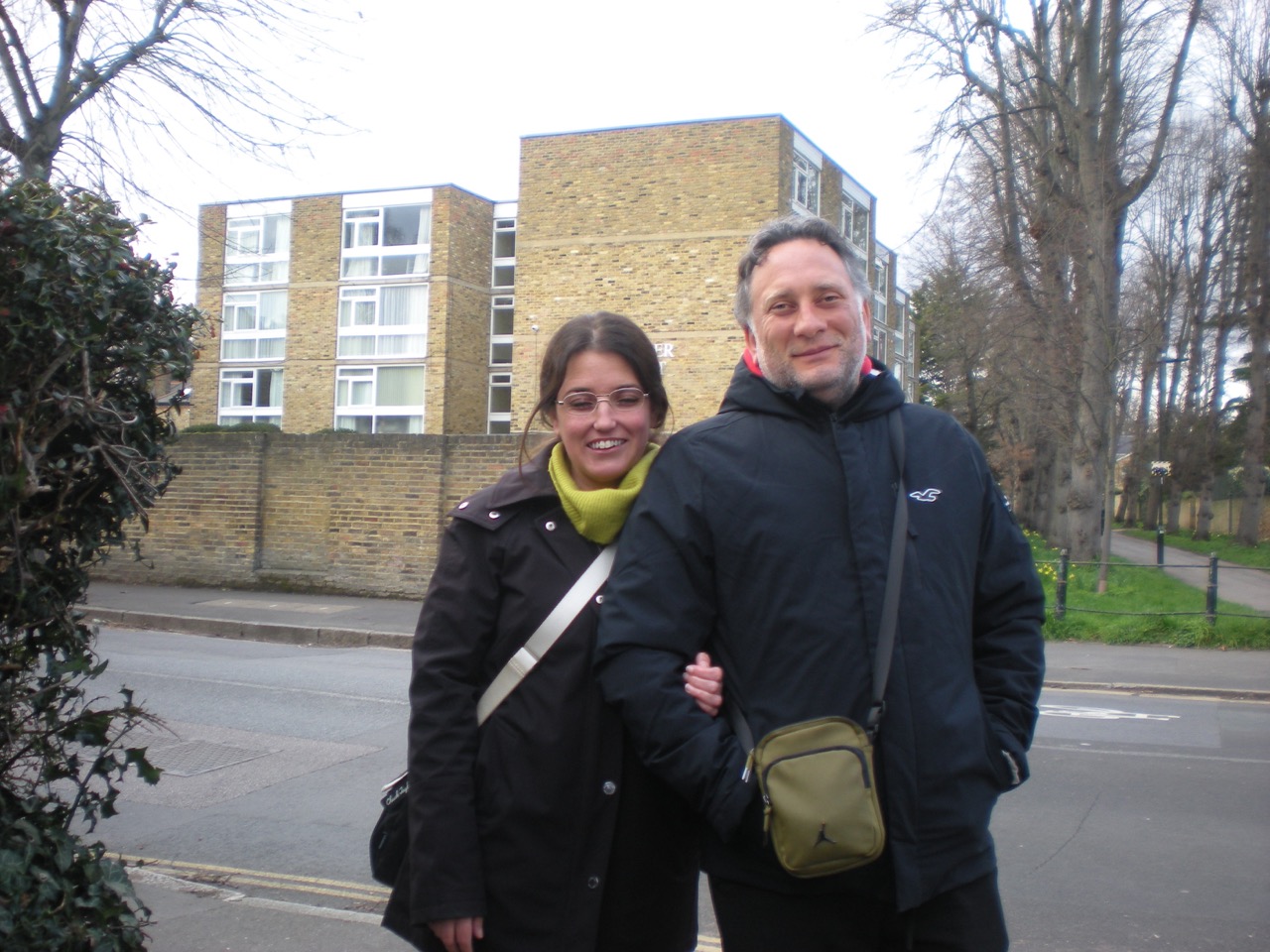


The Problem Solvers:
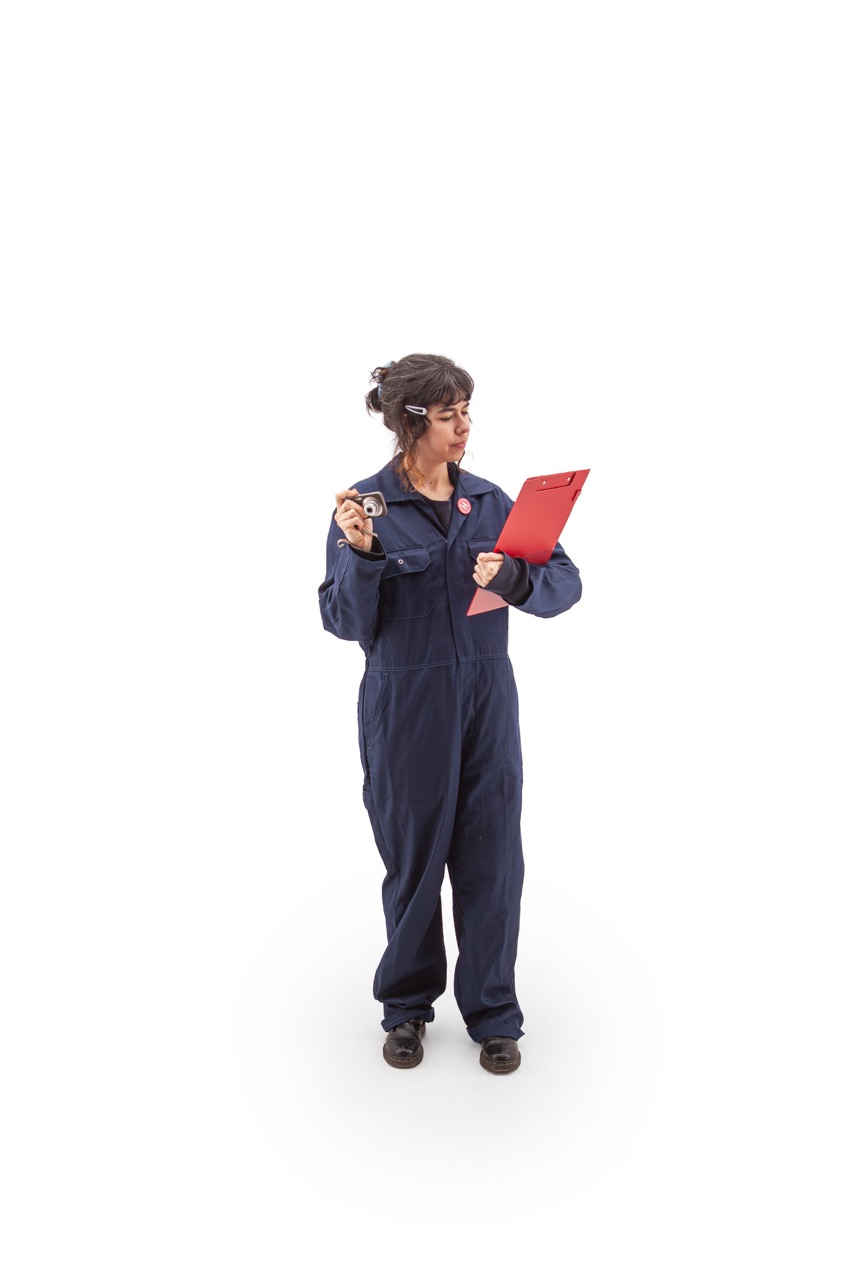

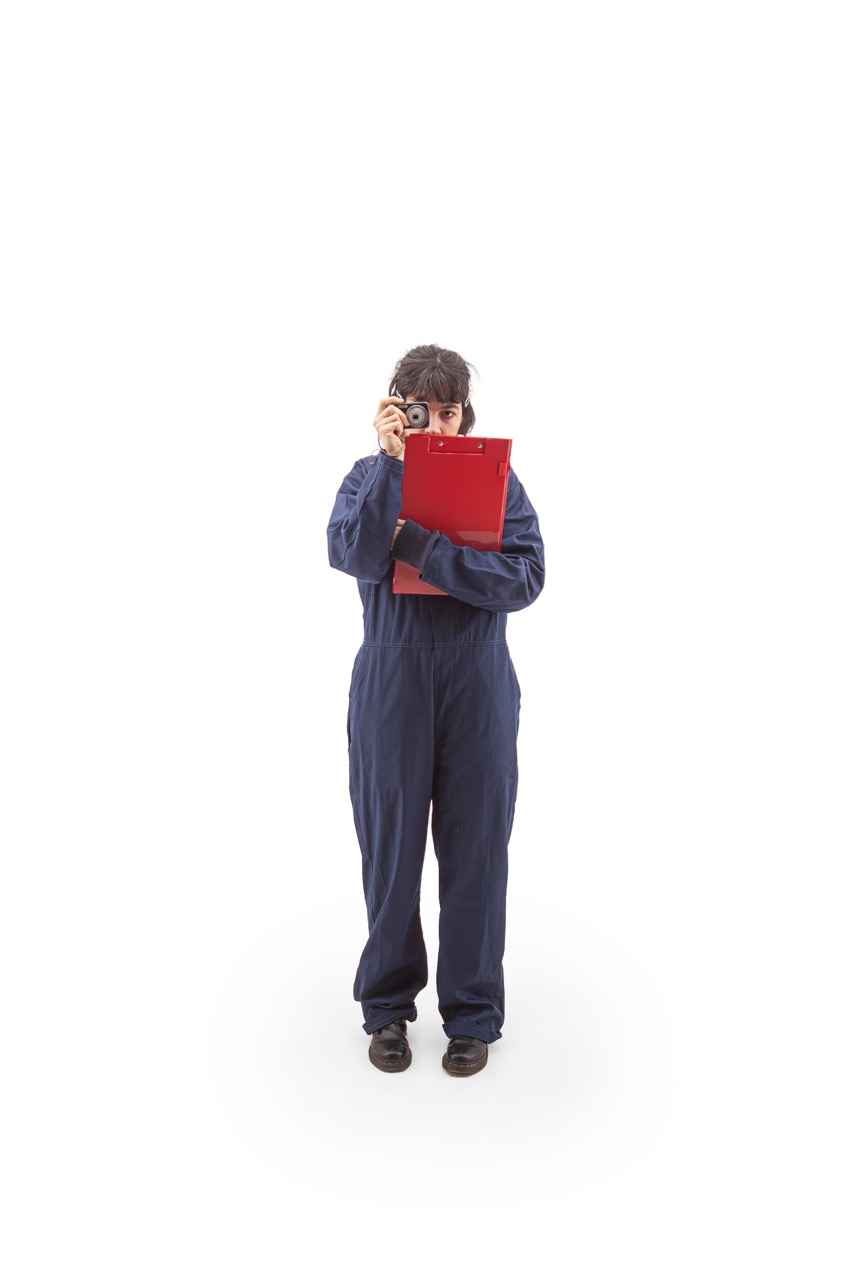

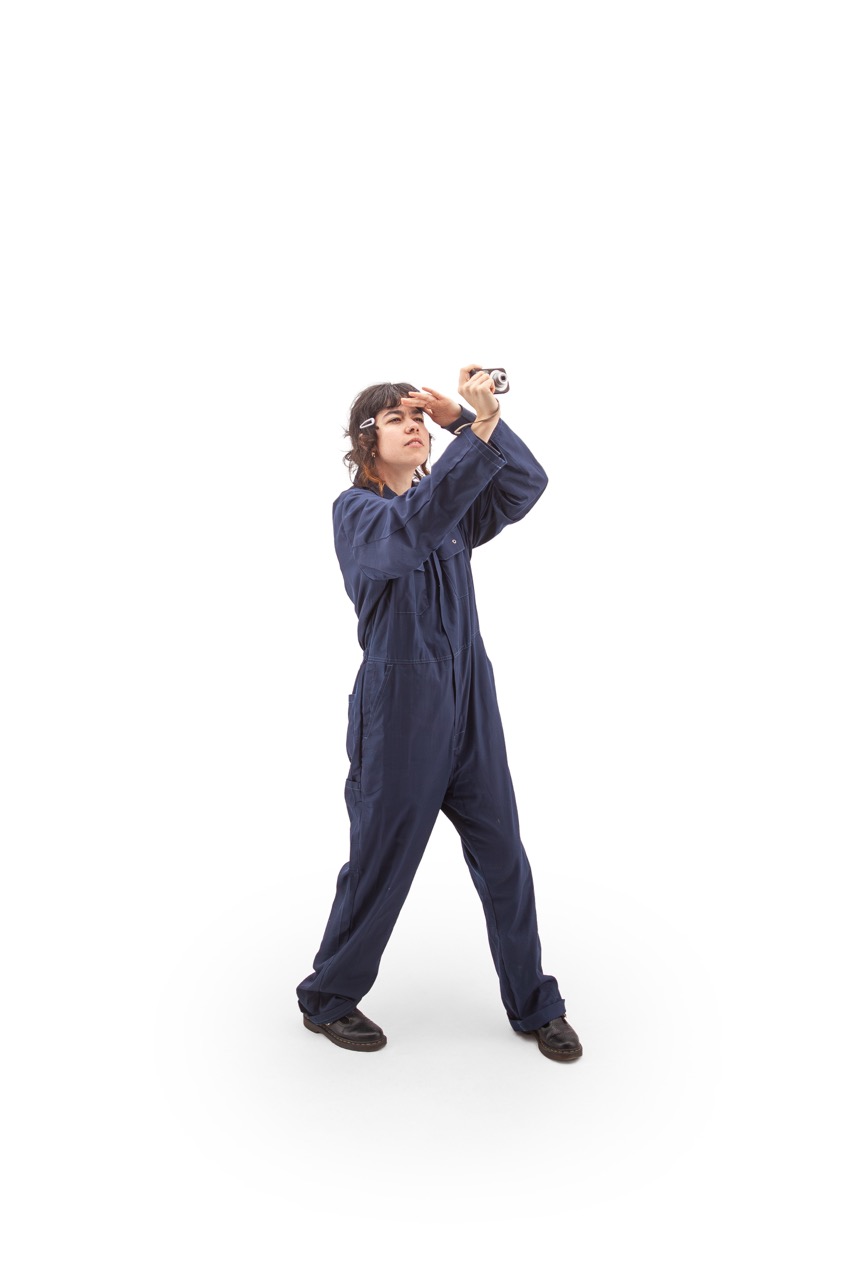
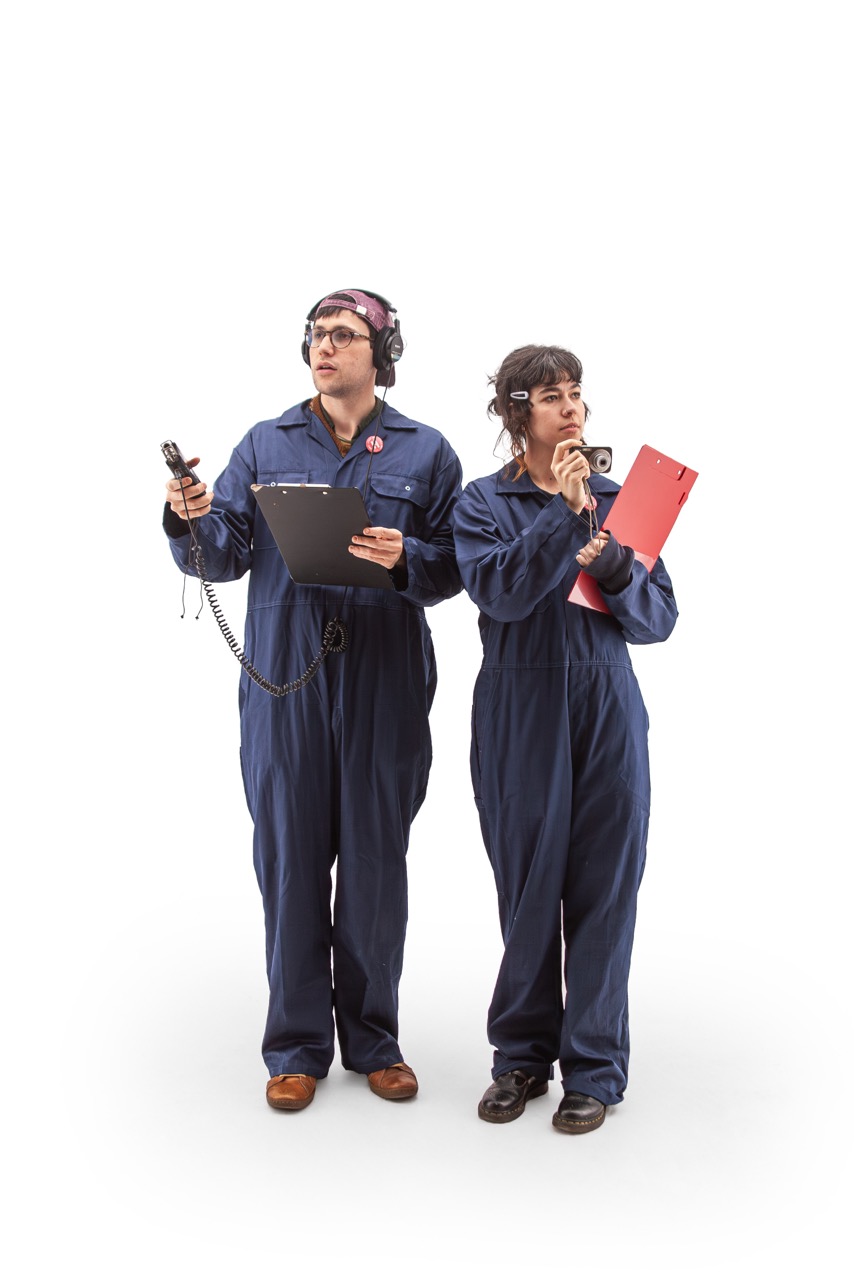




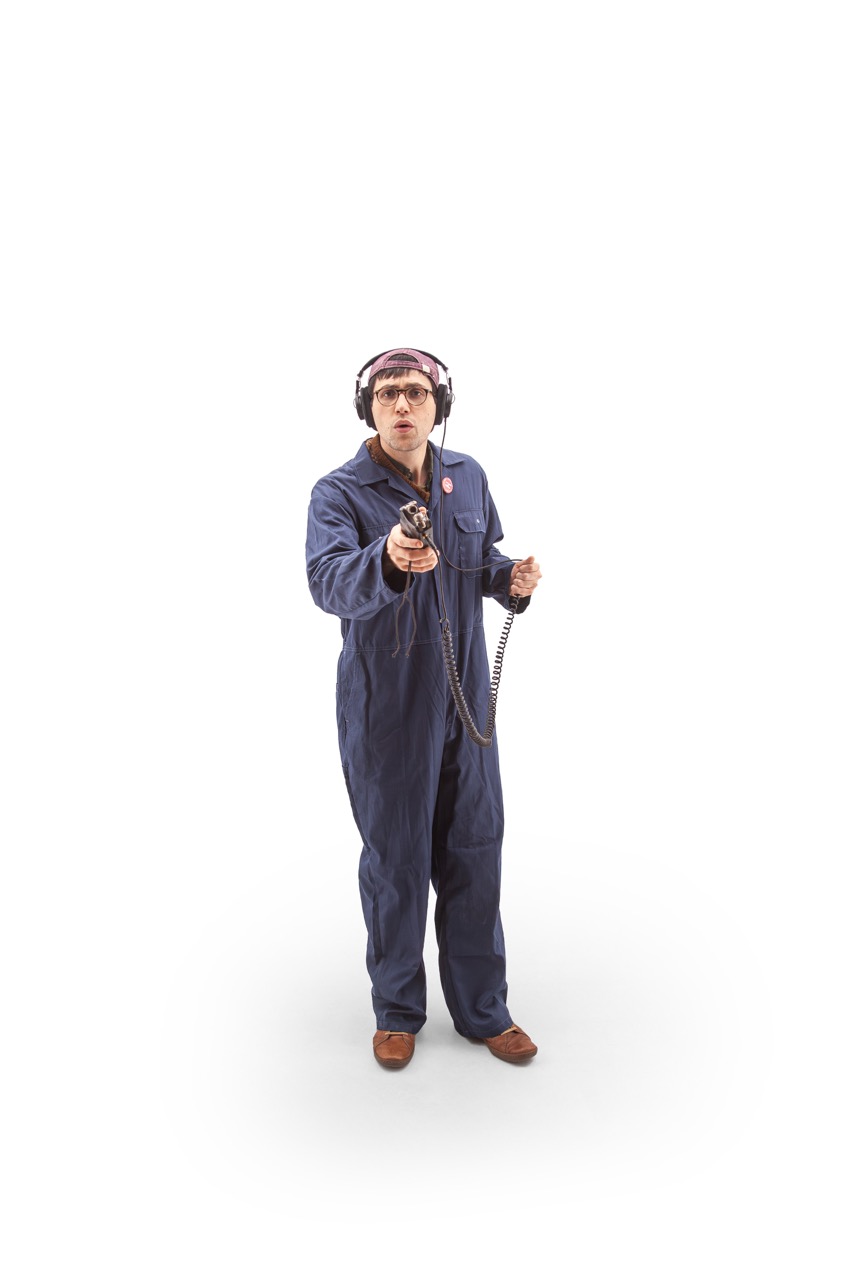
The Outcome:

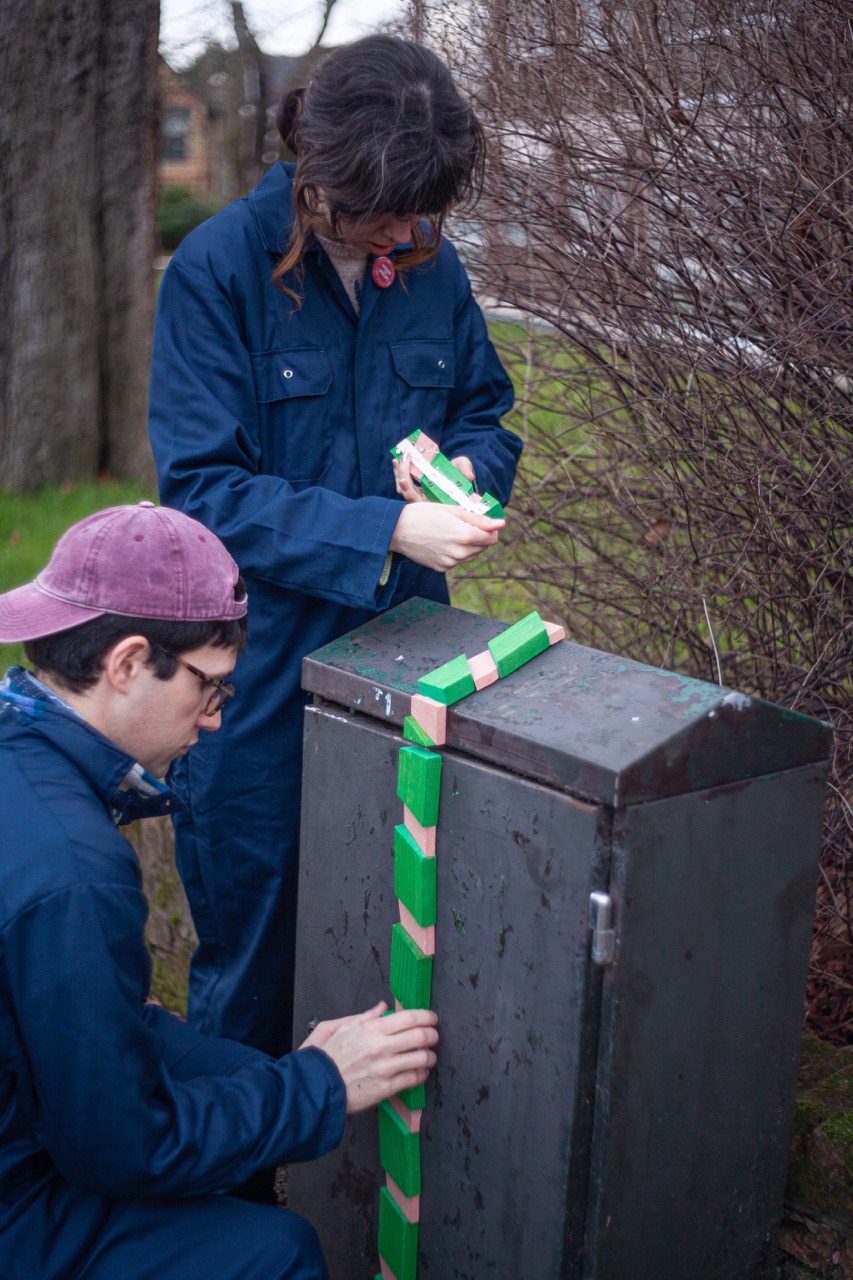
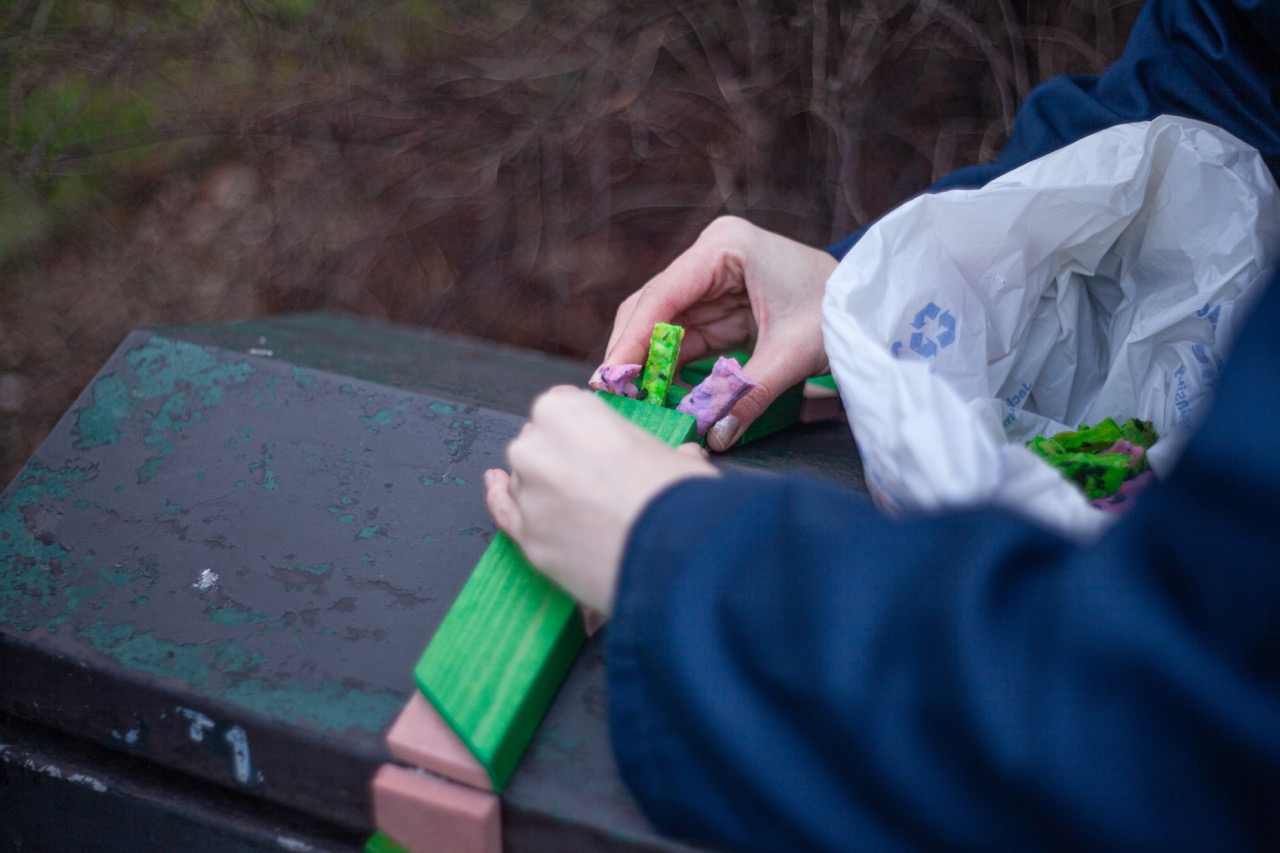
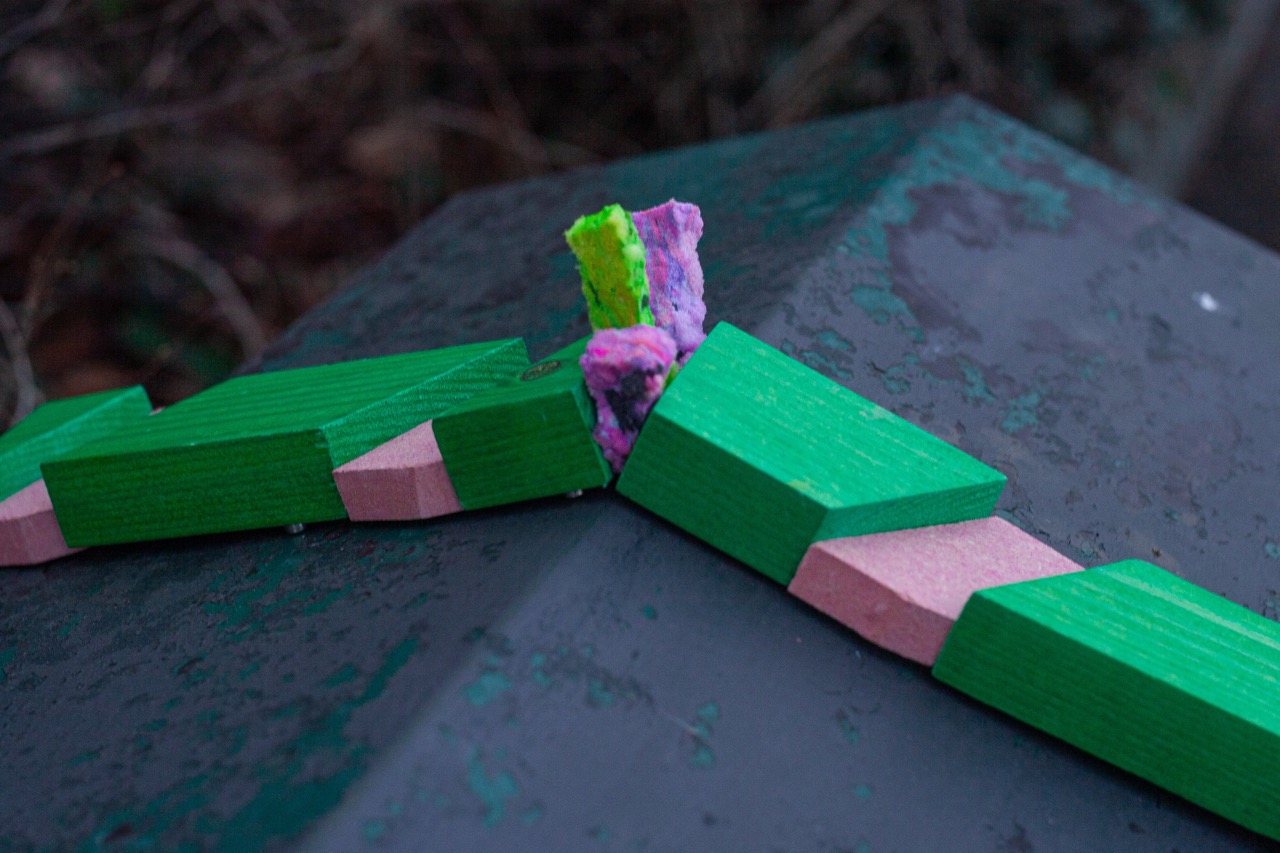


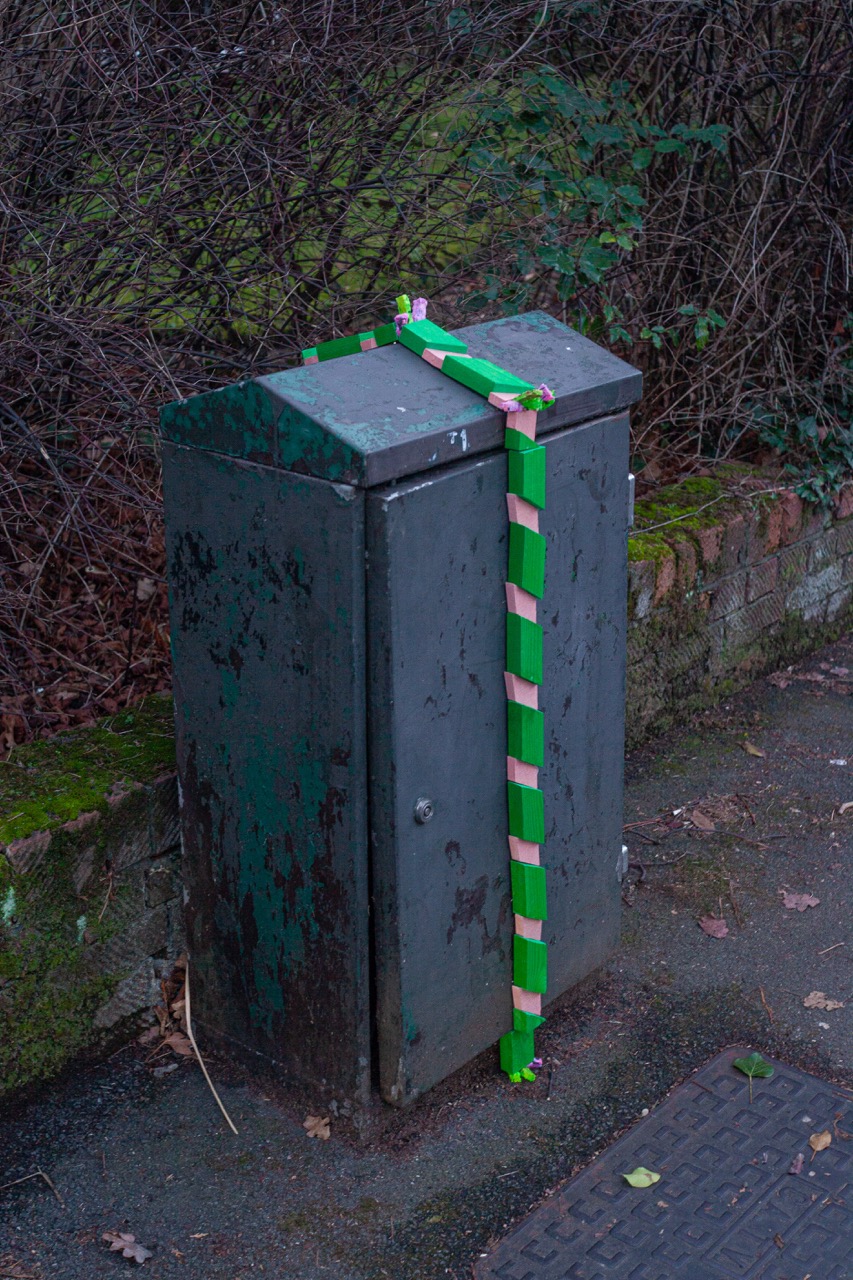
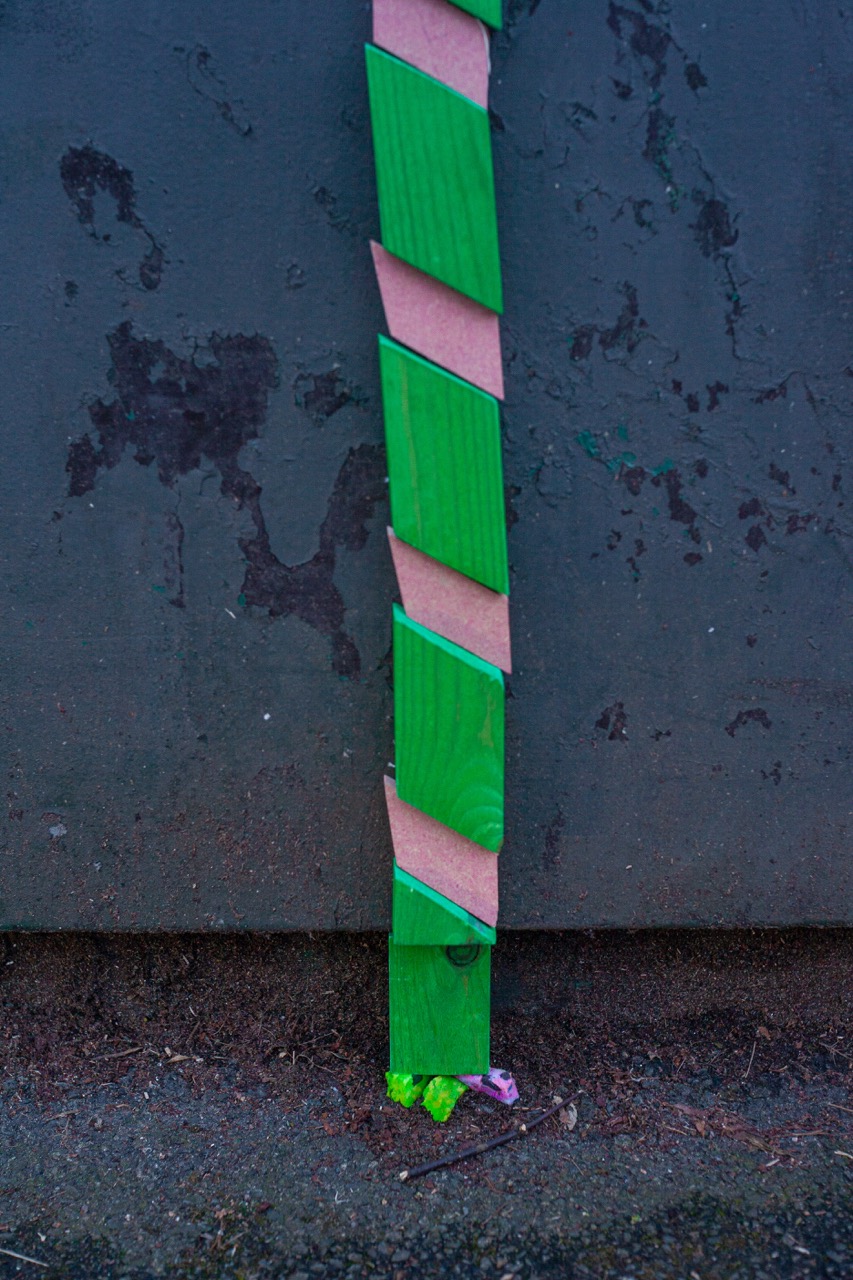
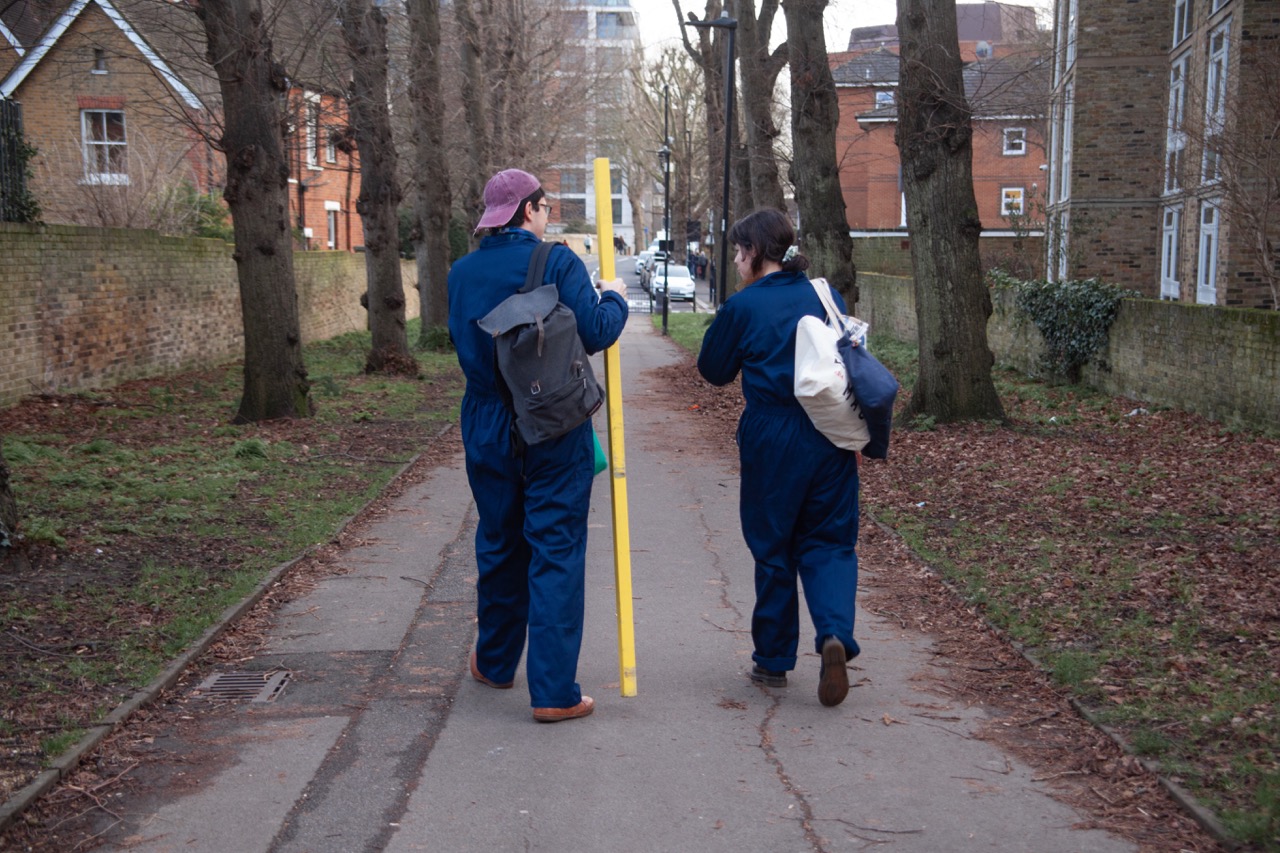
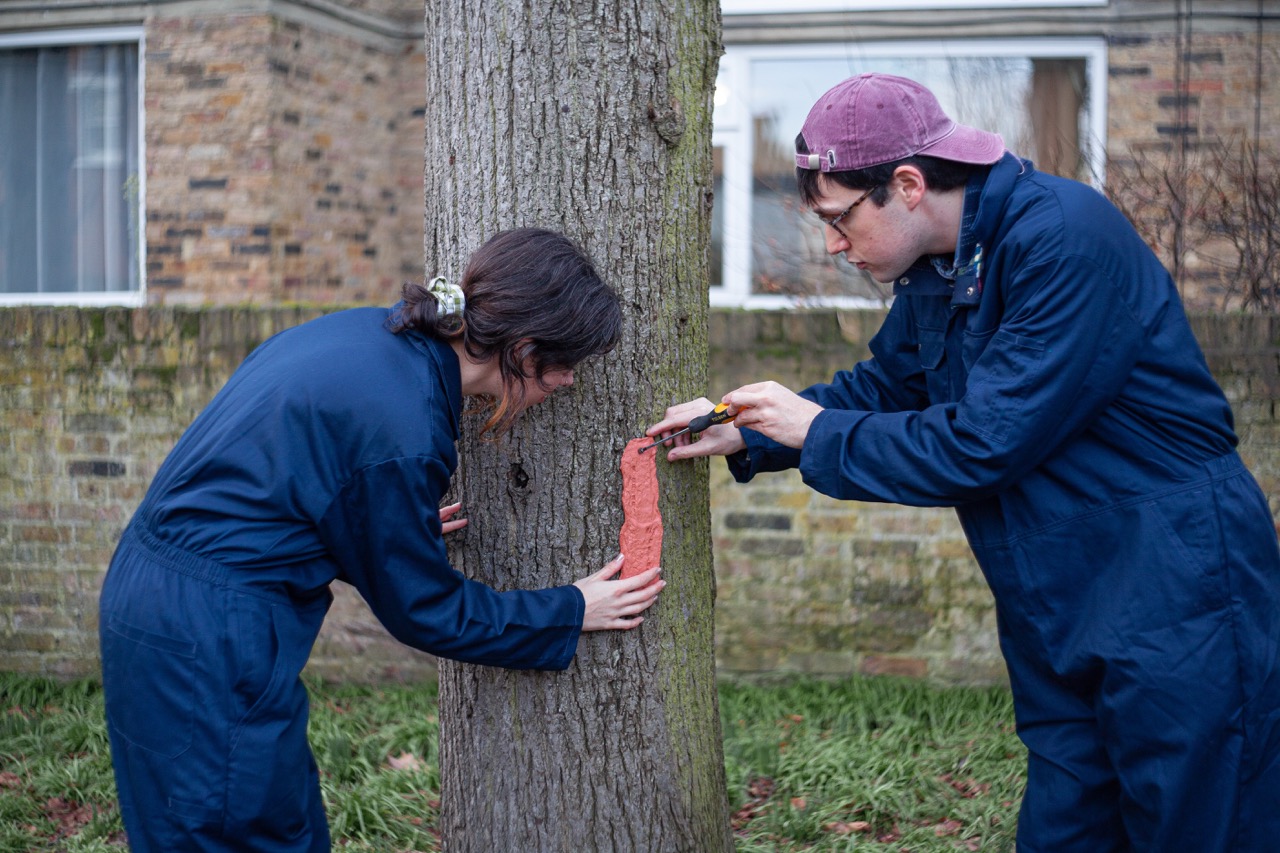
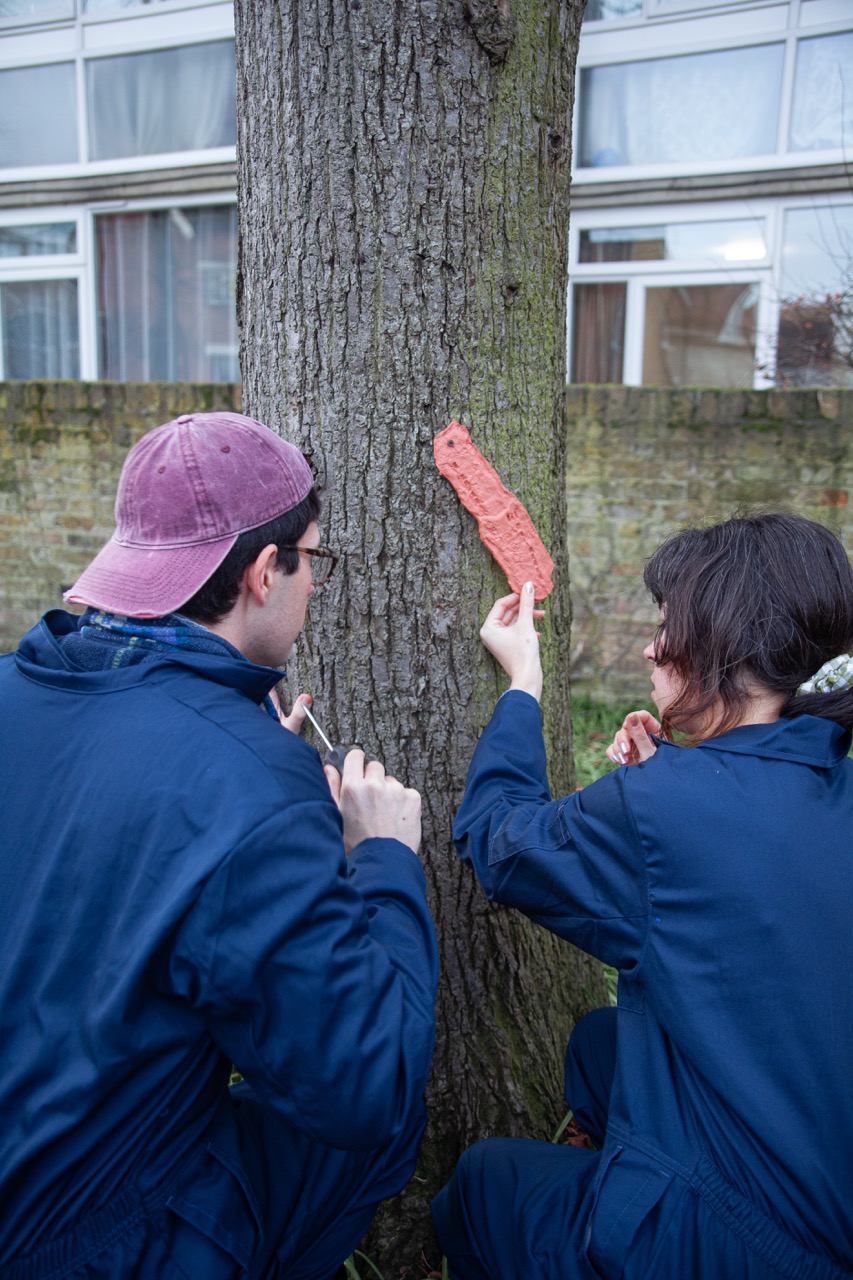
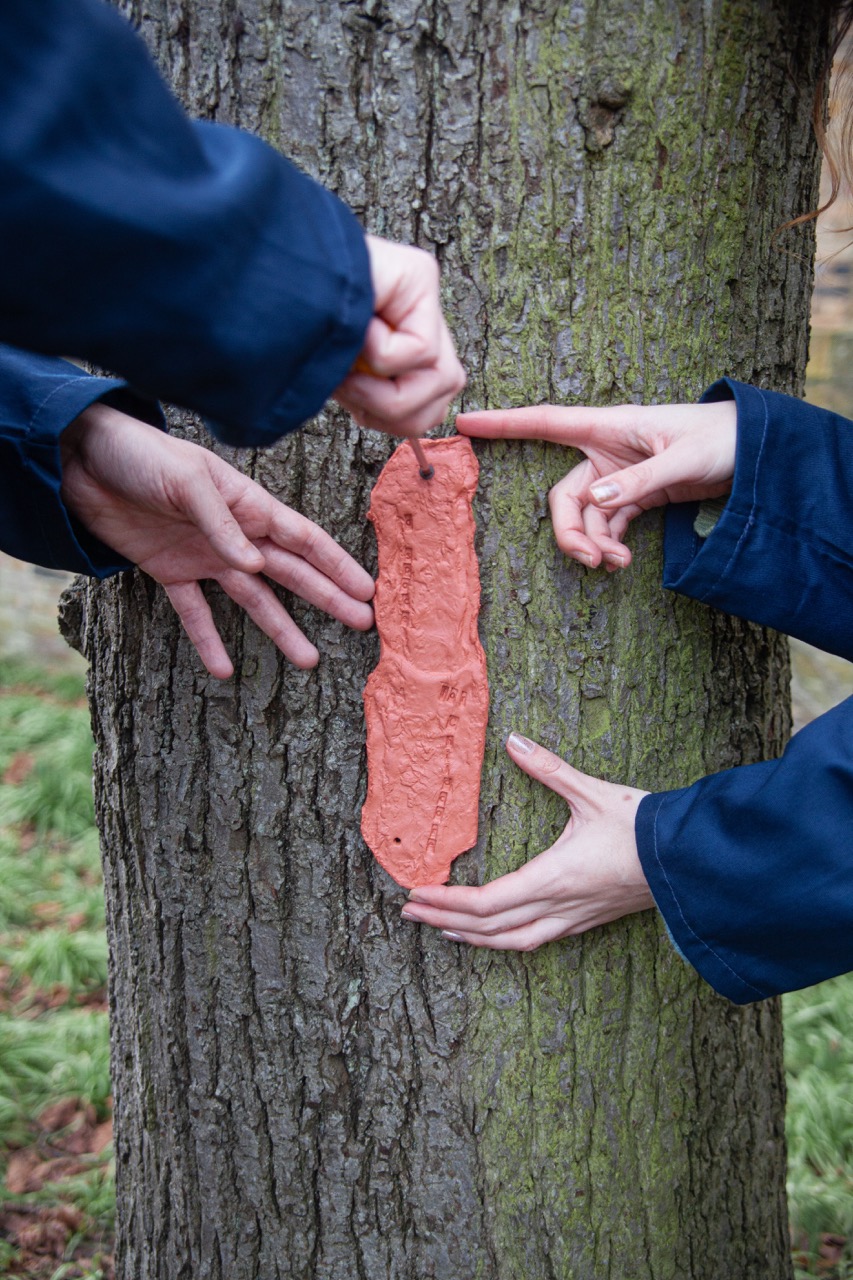
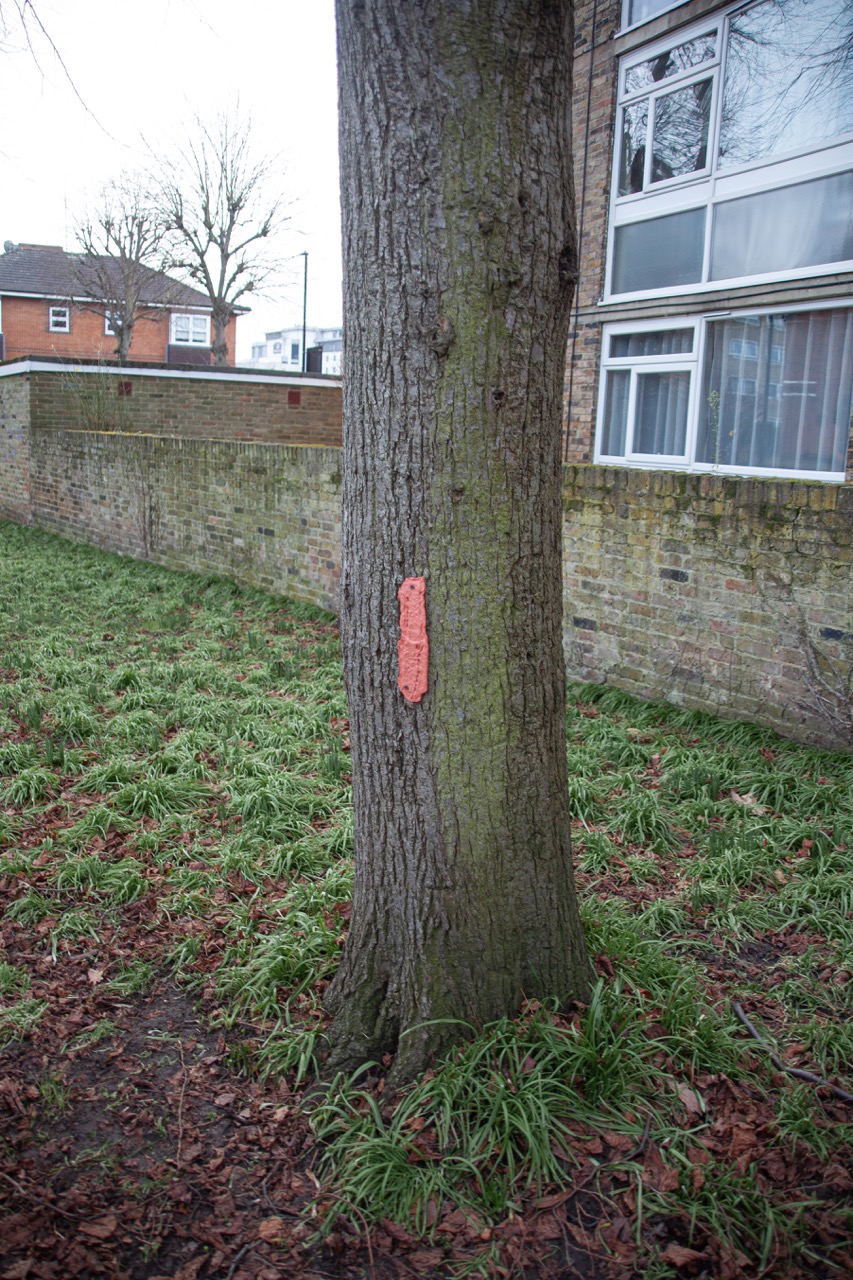
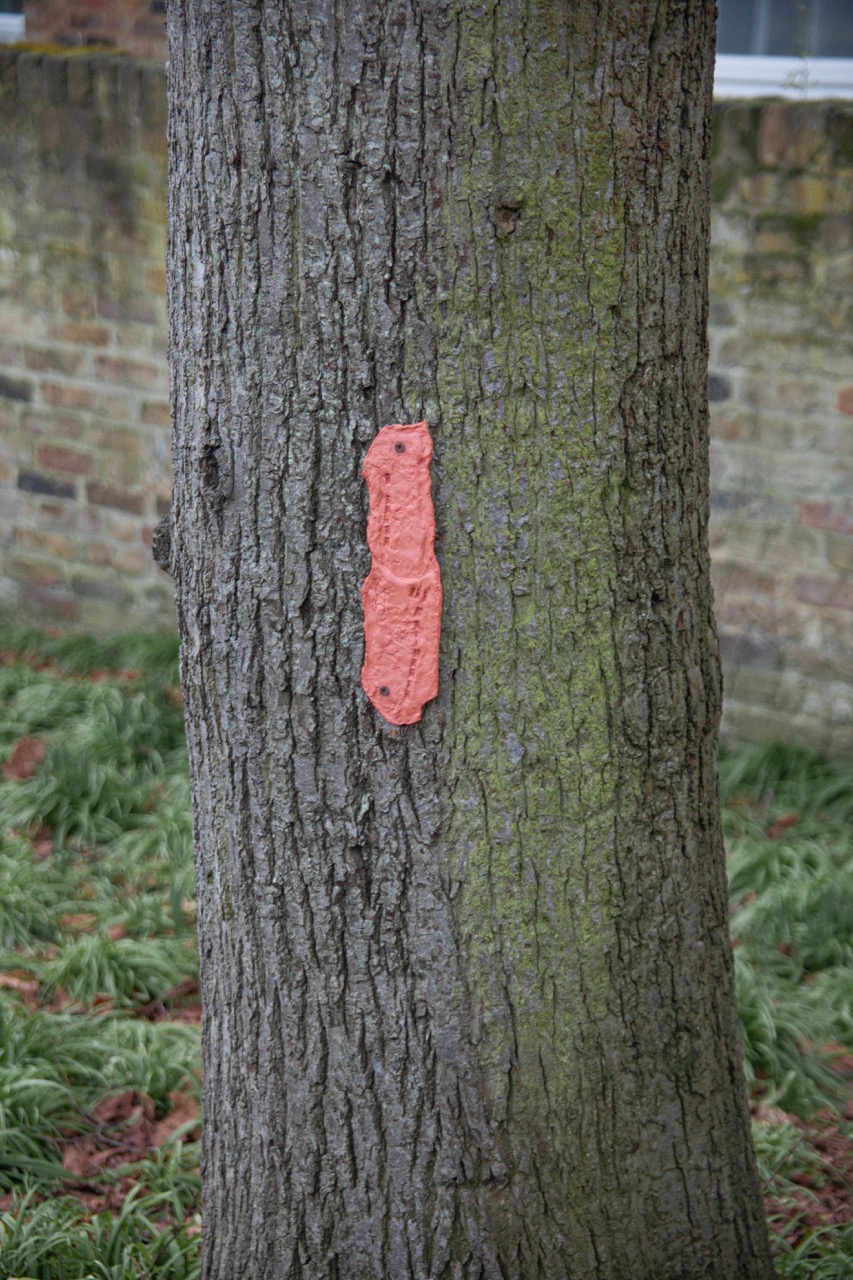
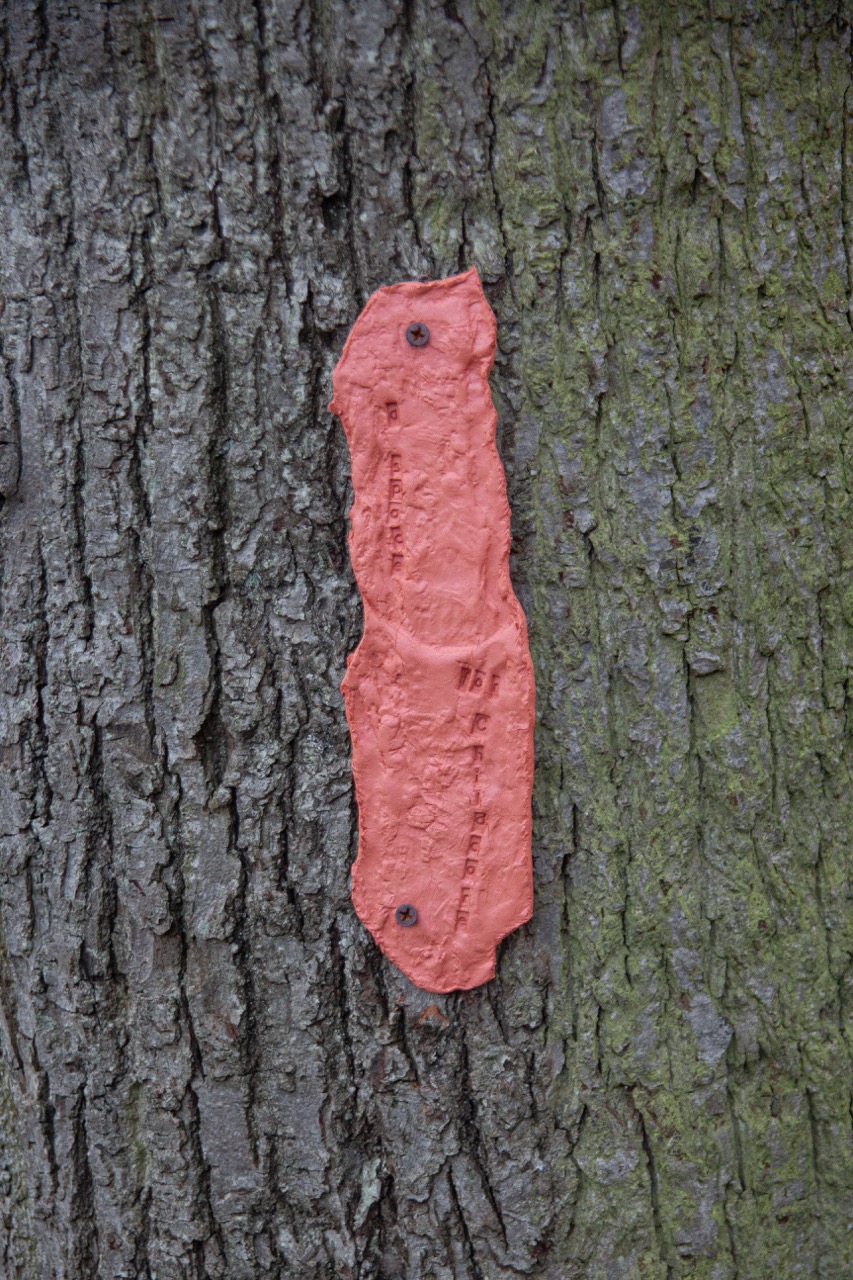
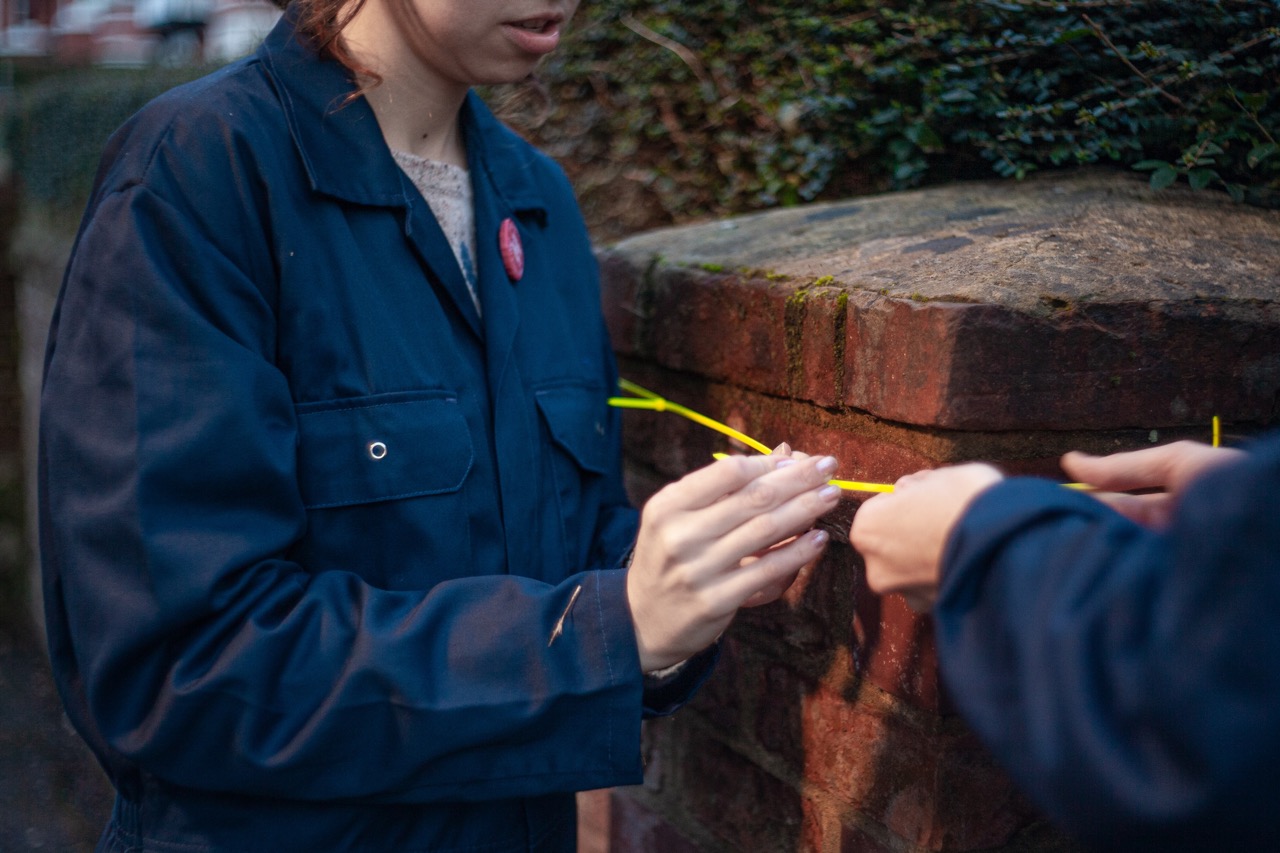
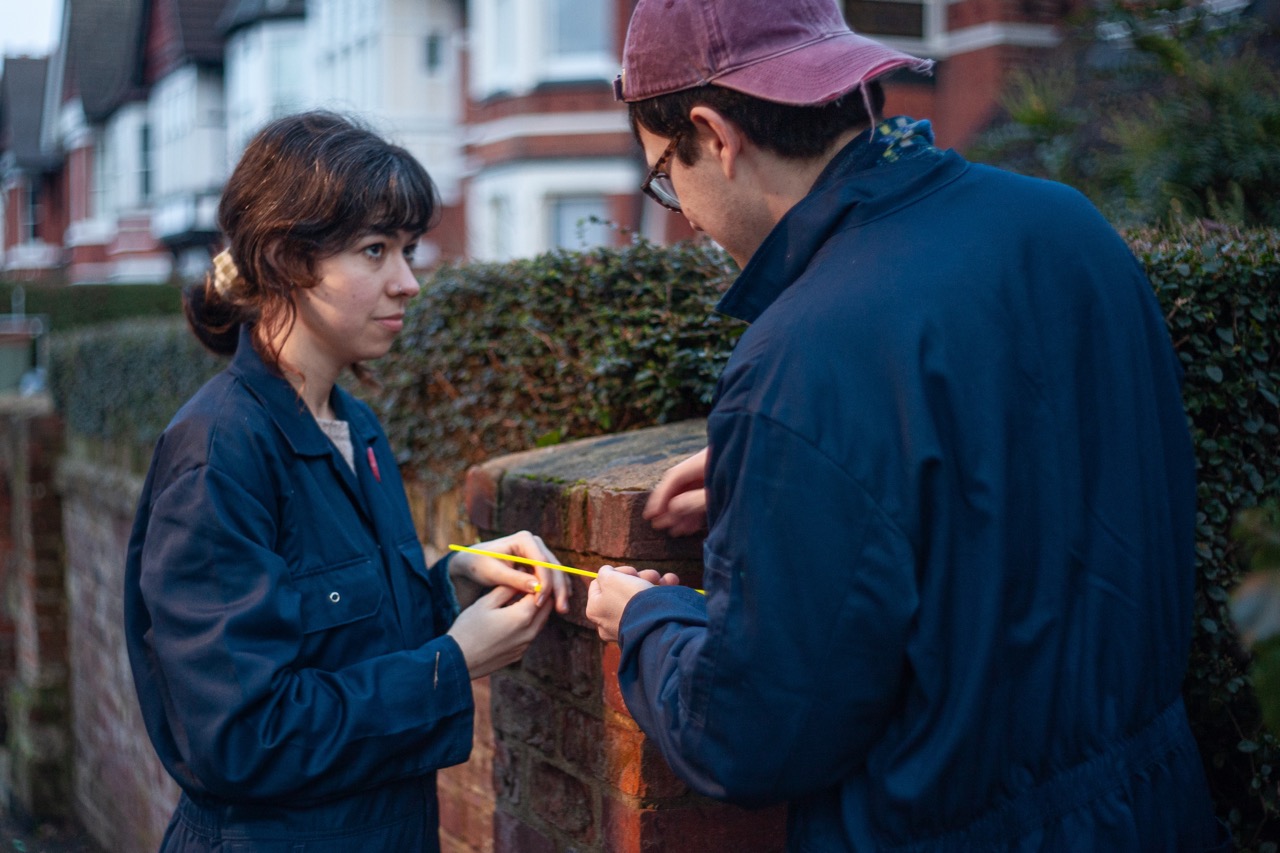
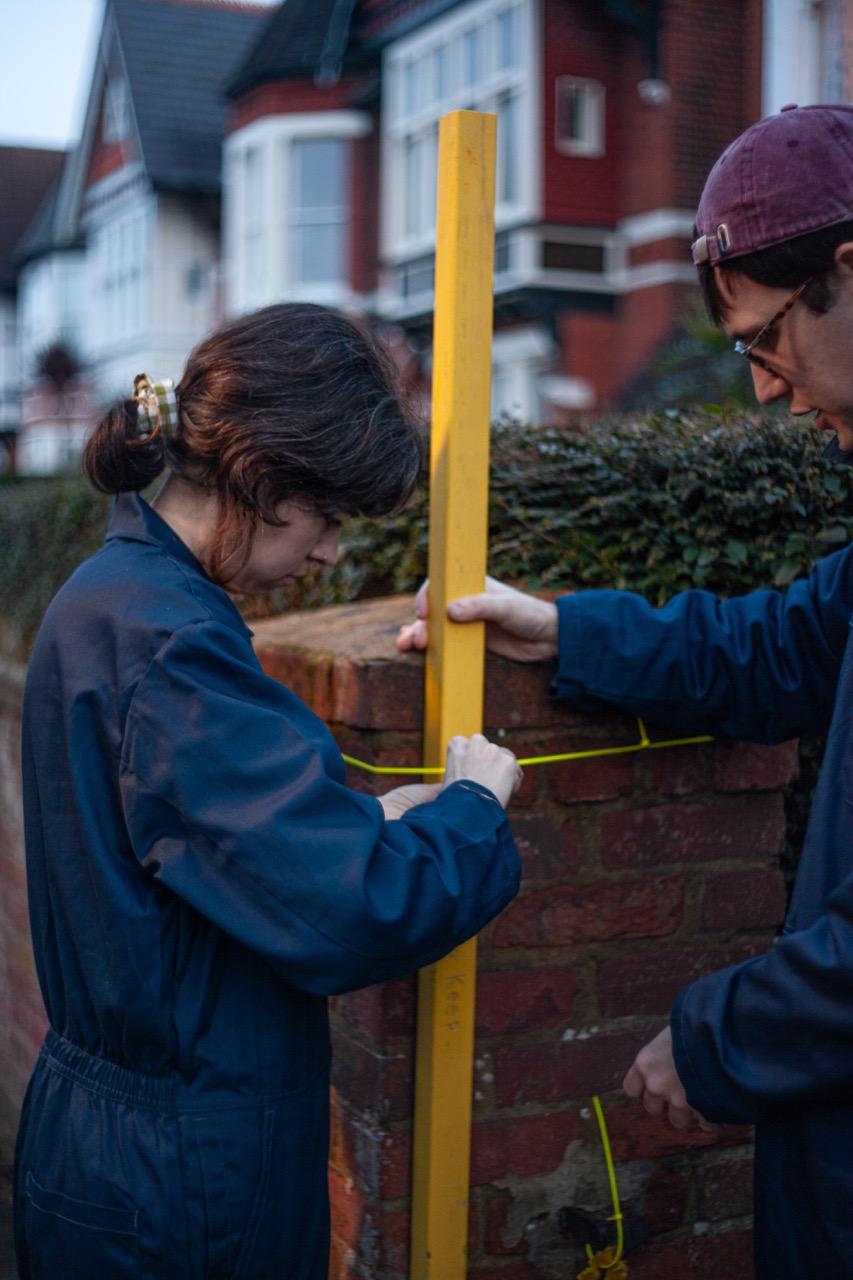
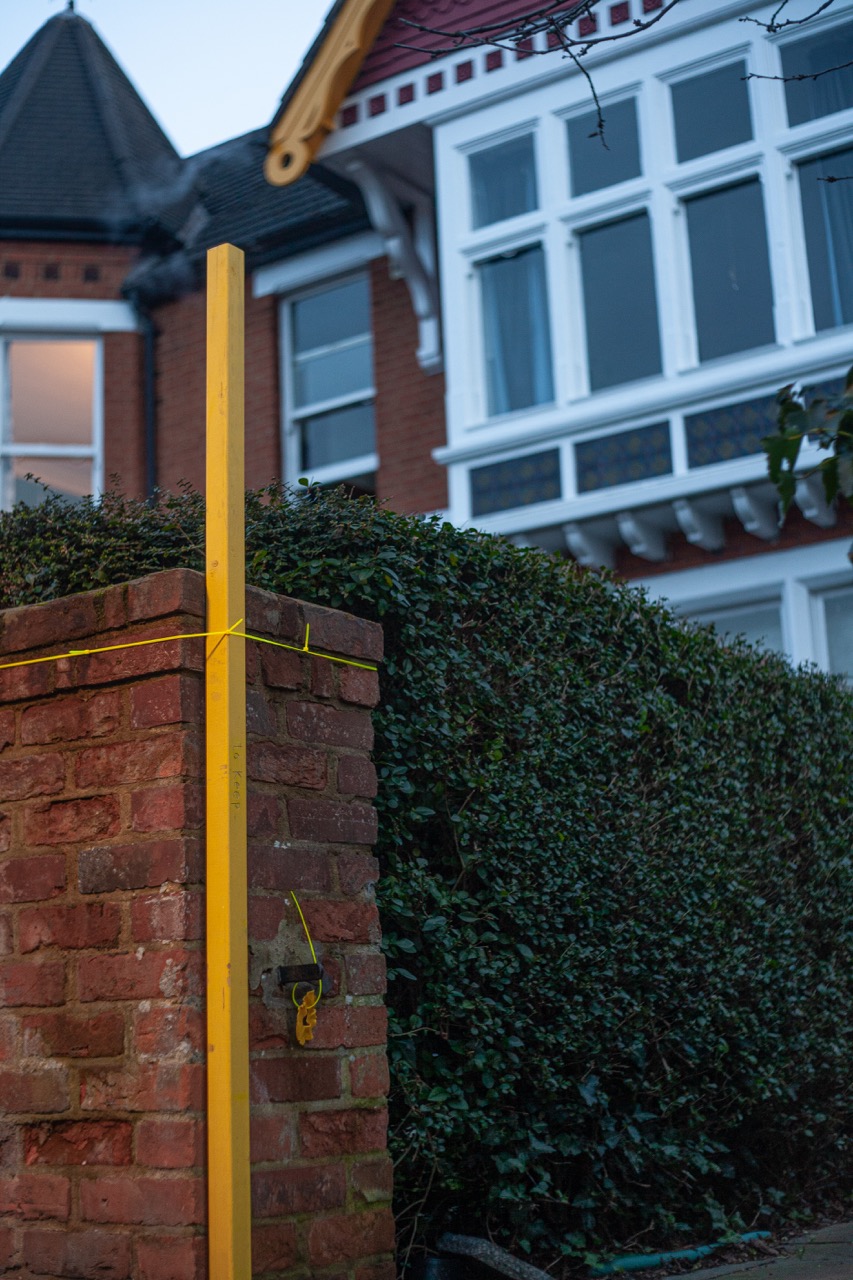
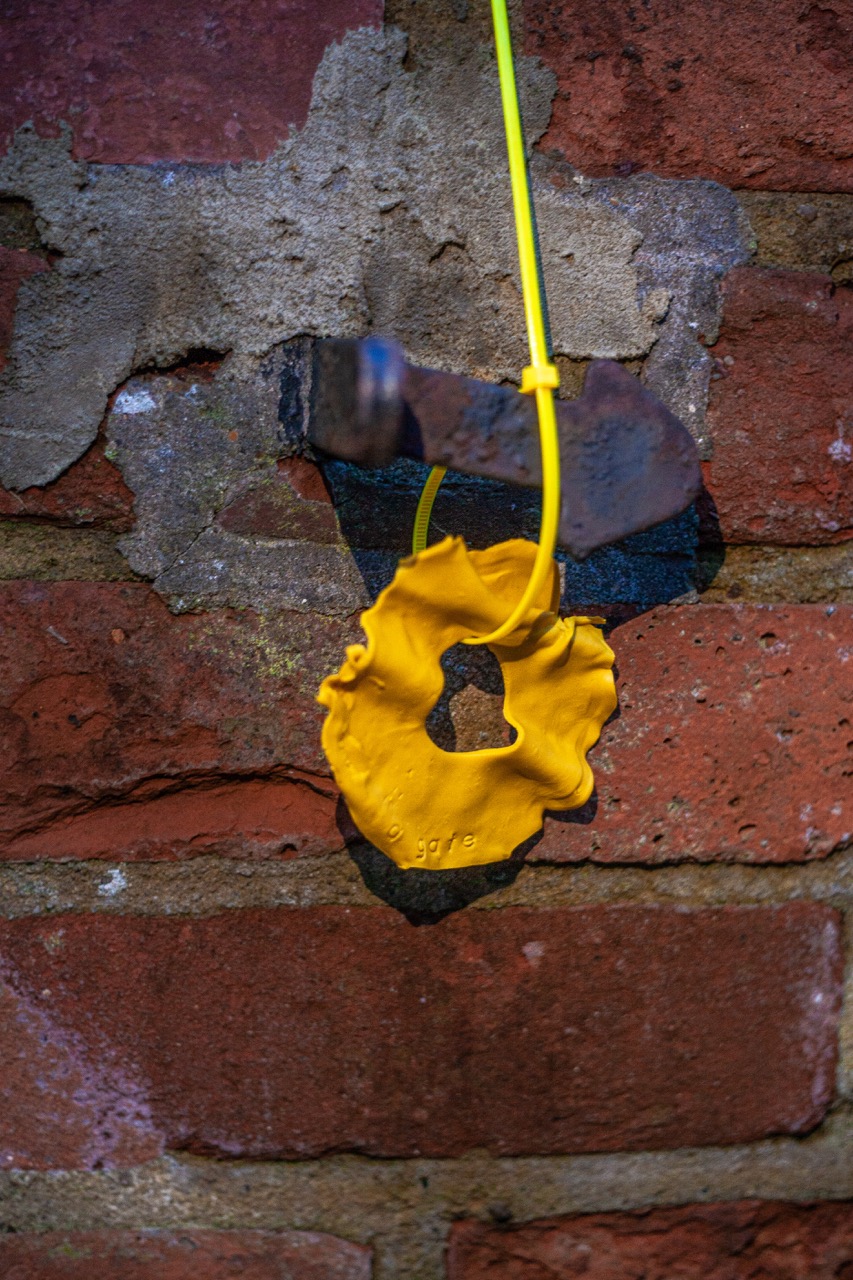
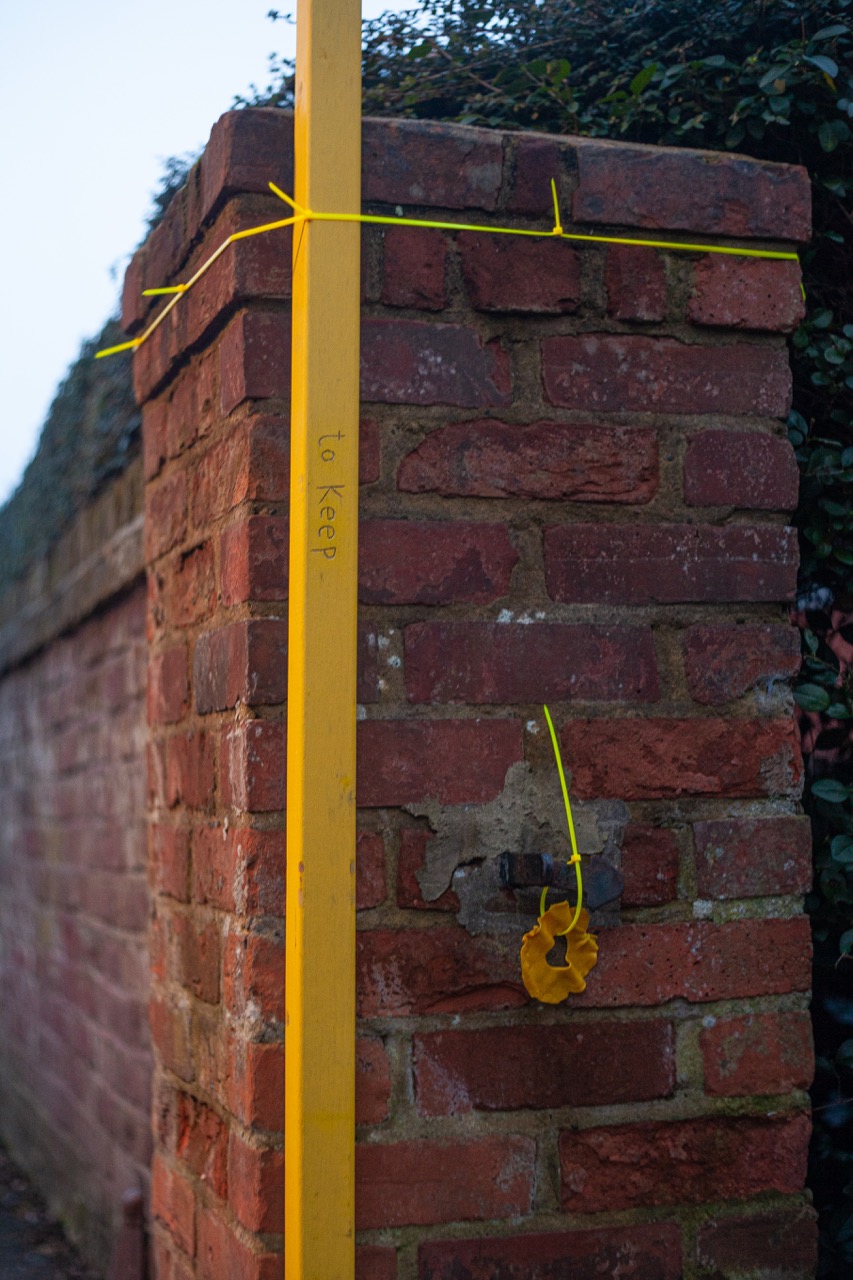
Exhibitions:
